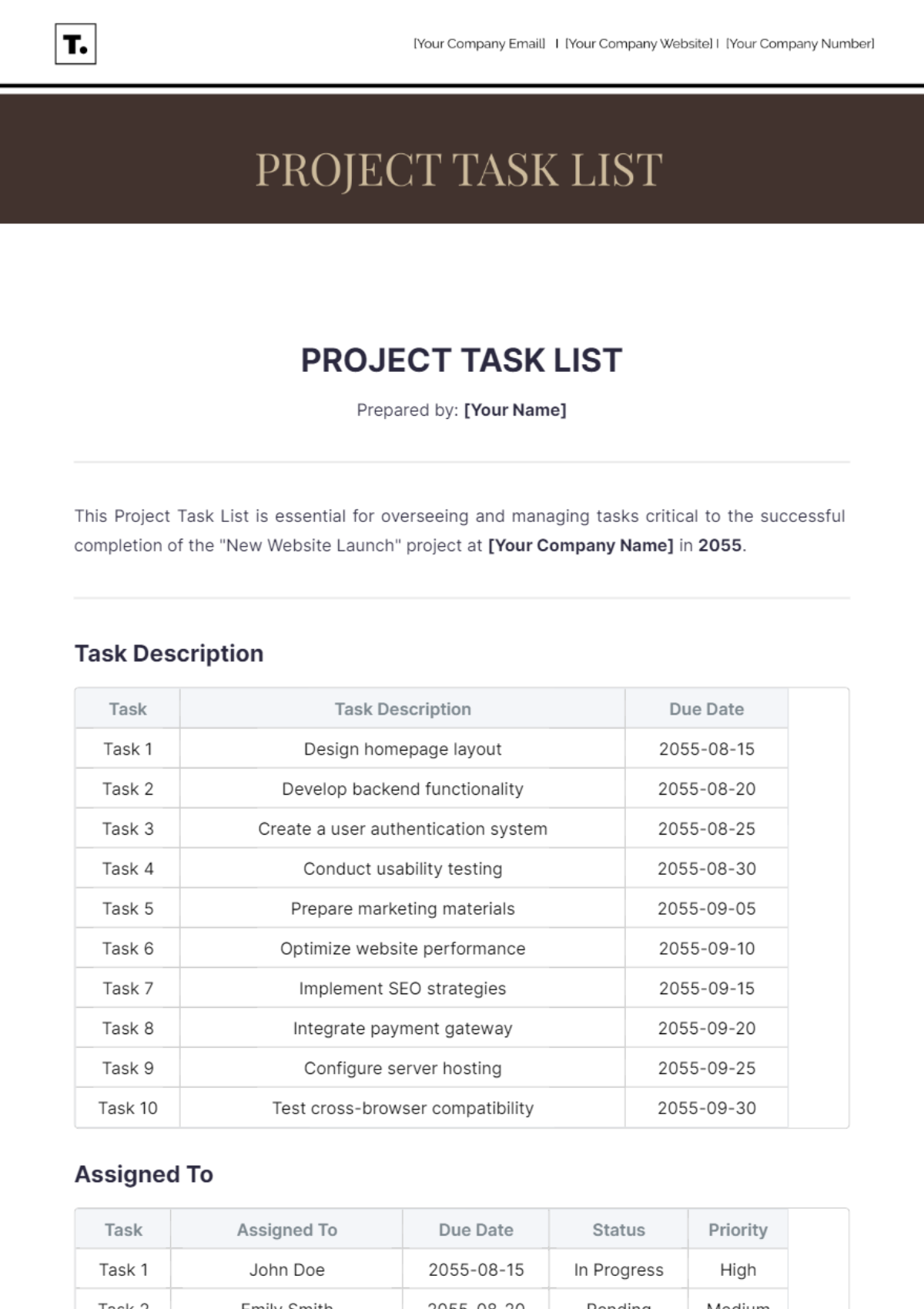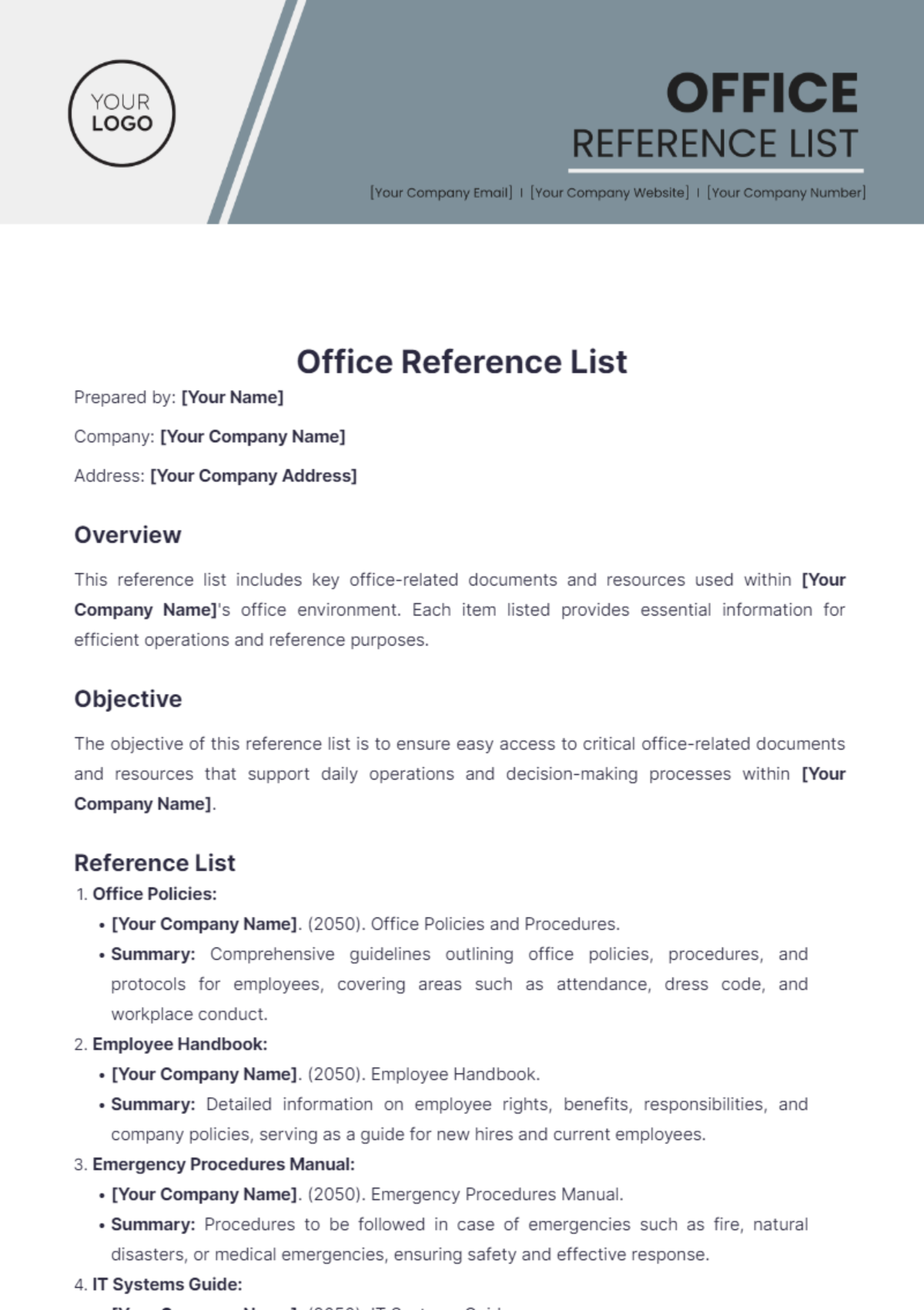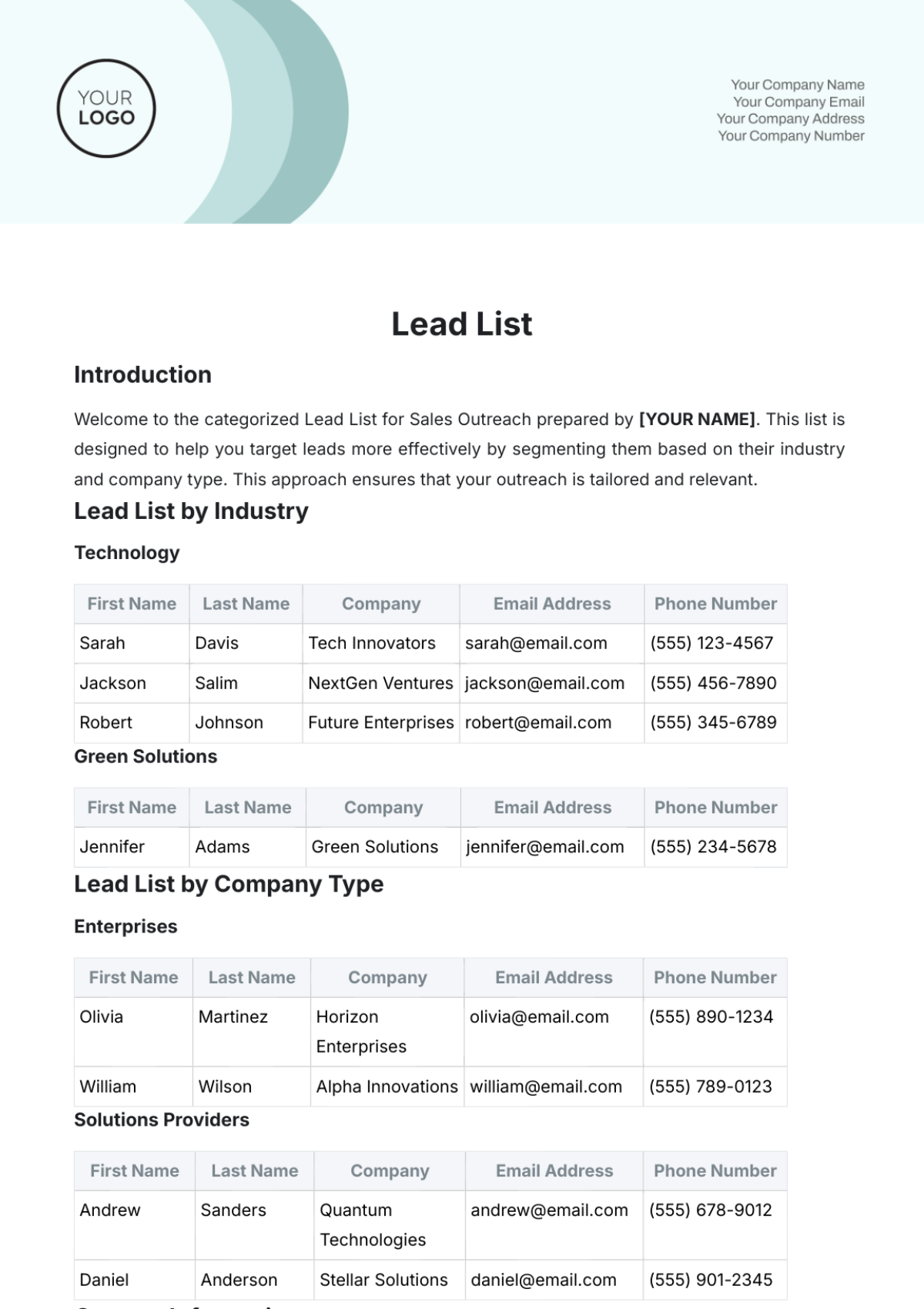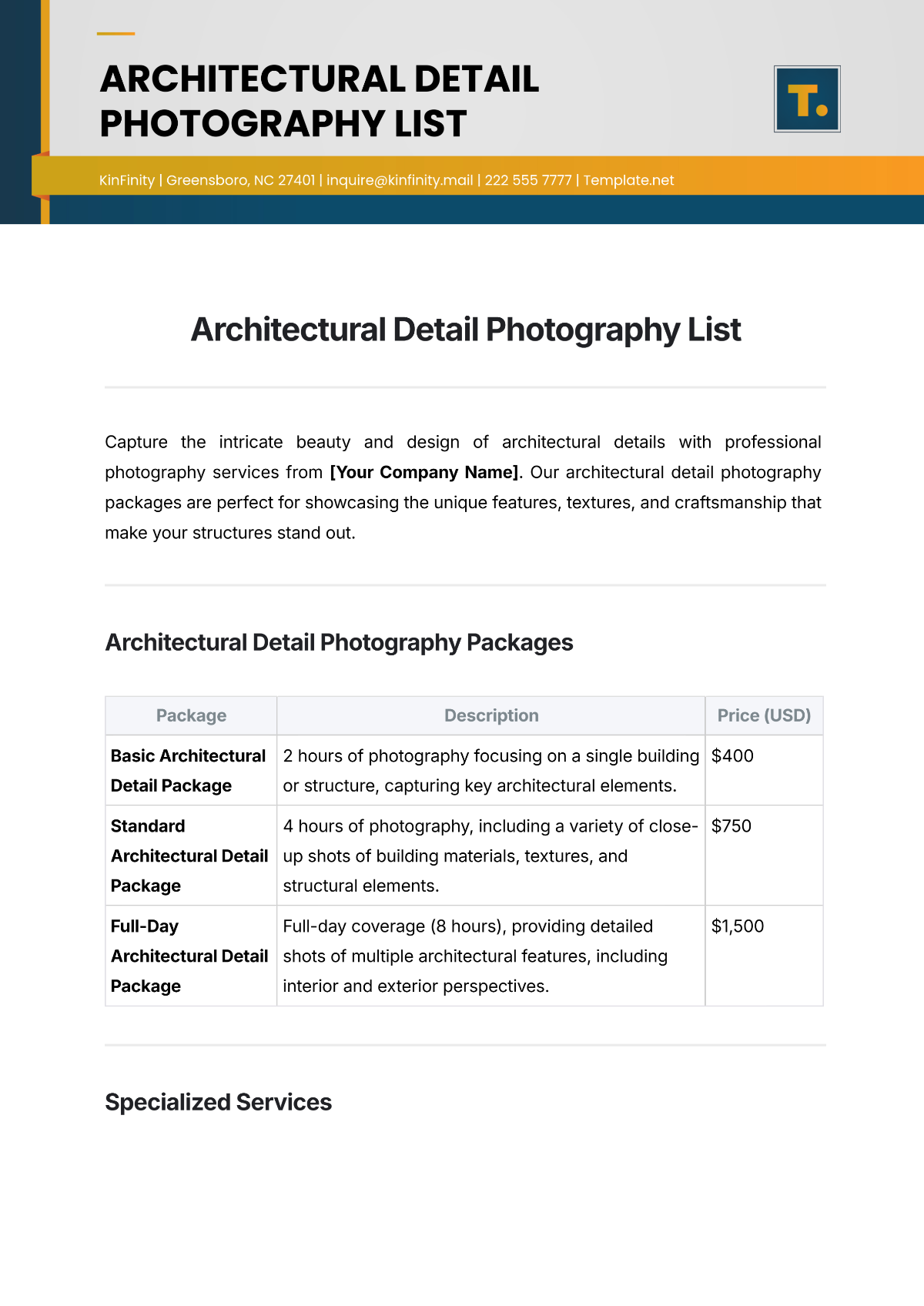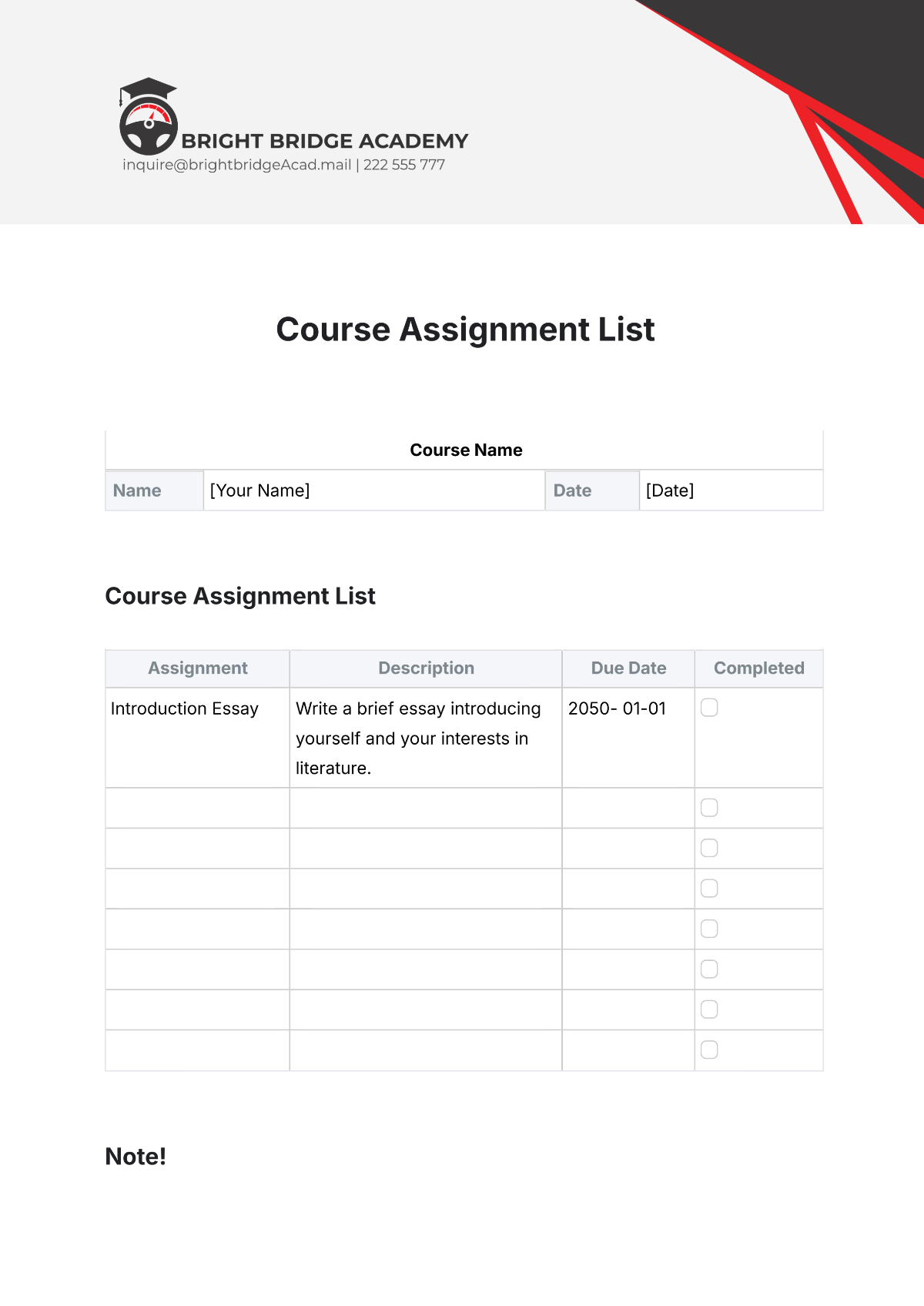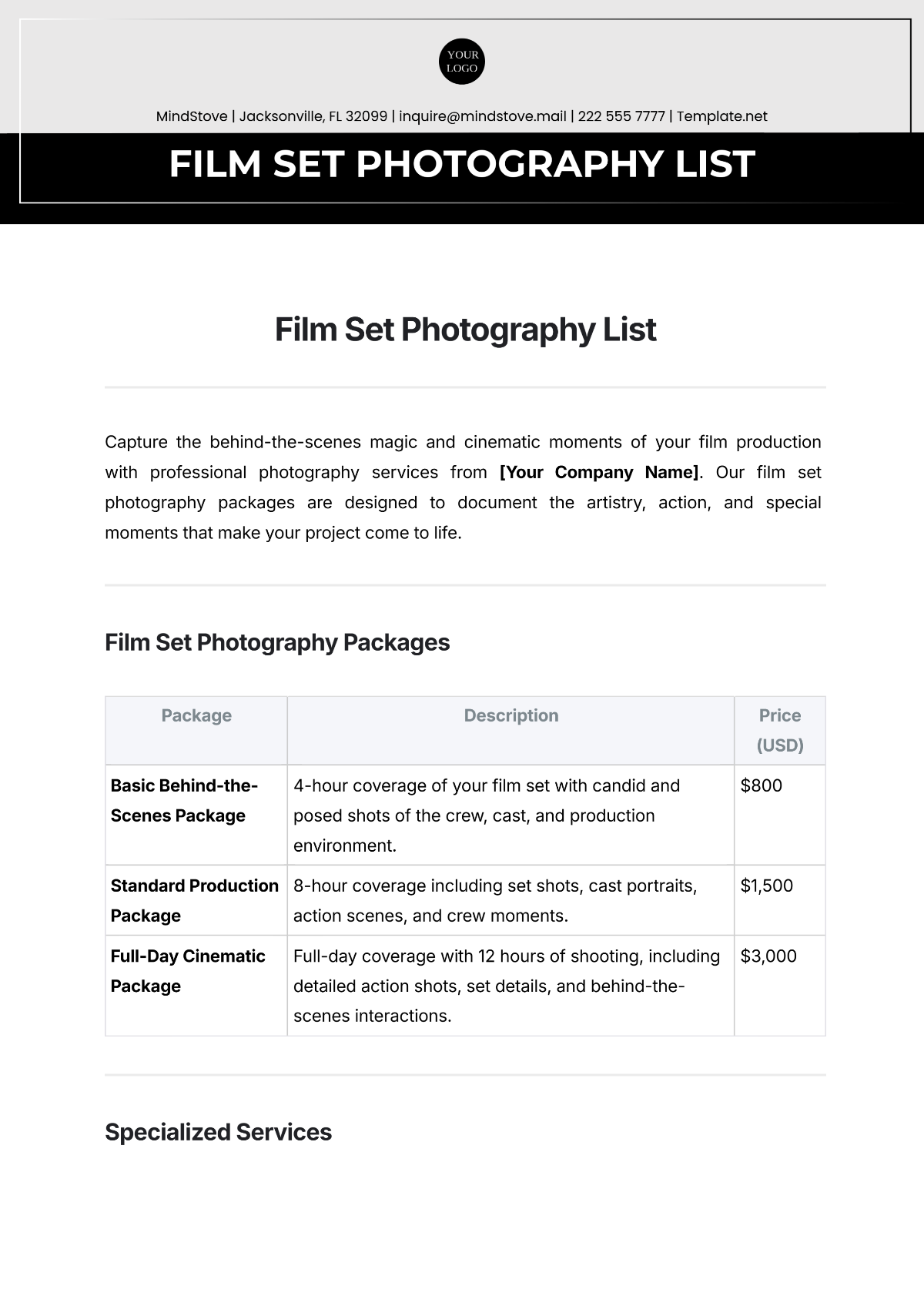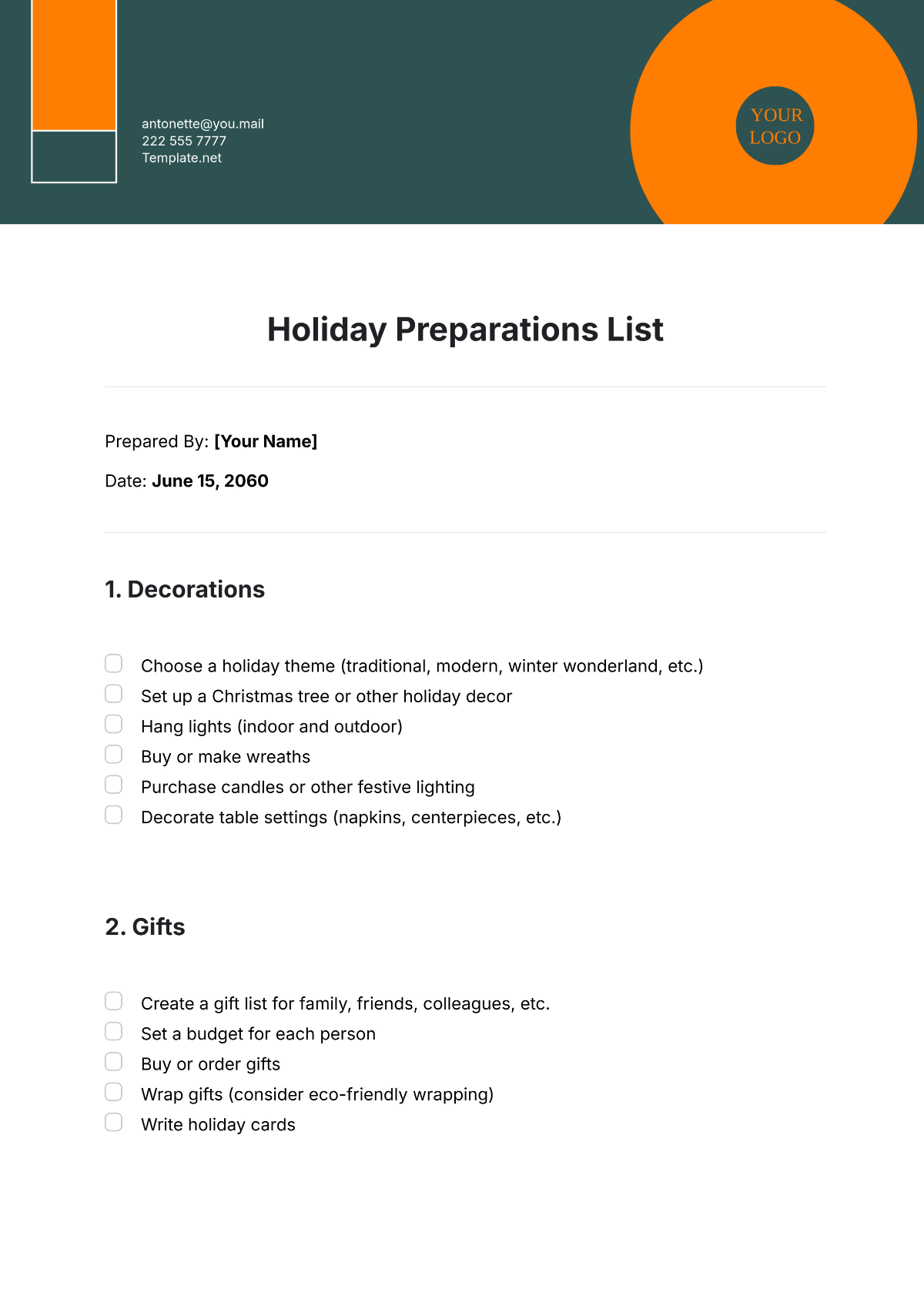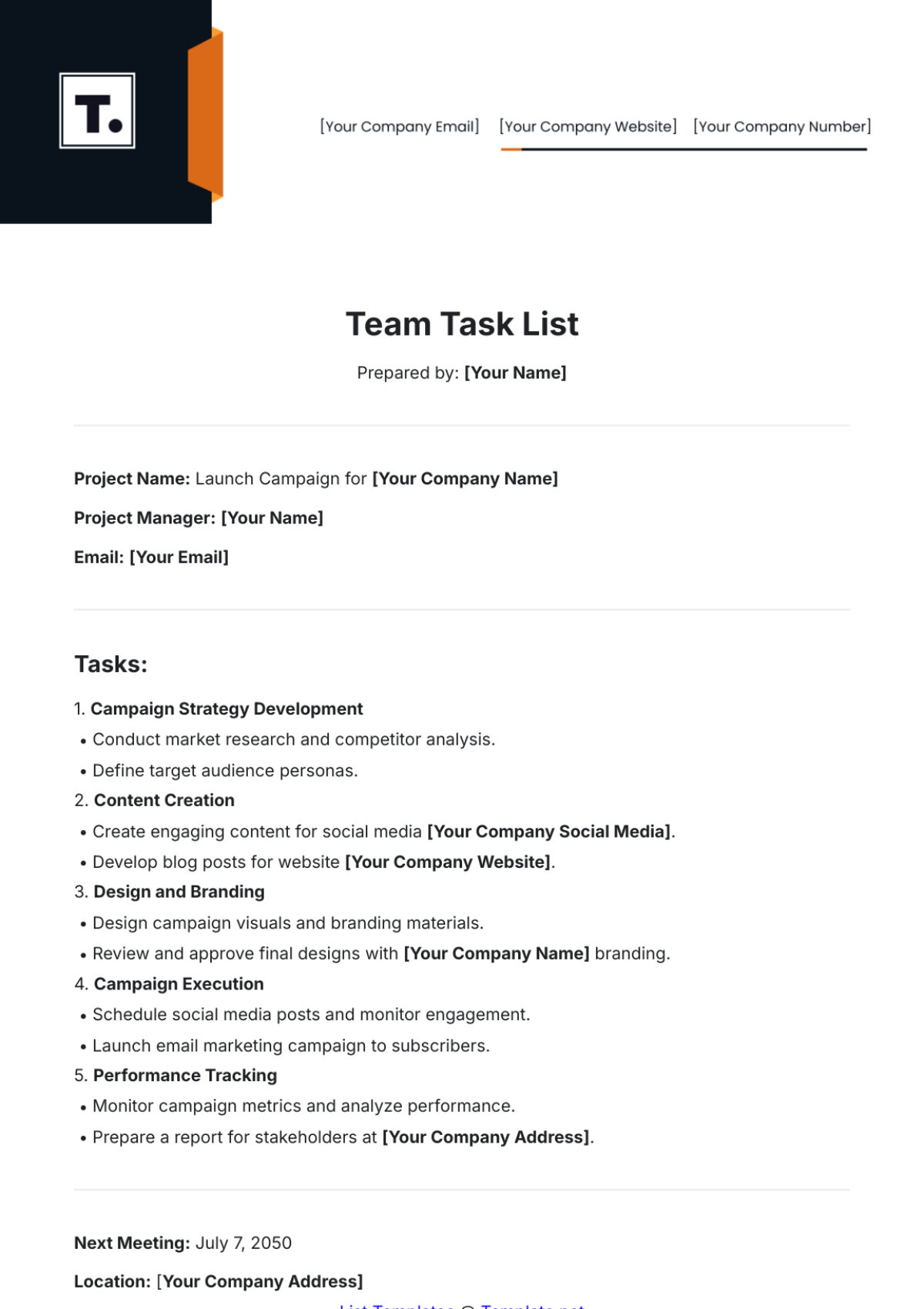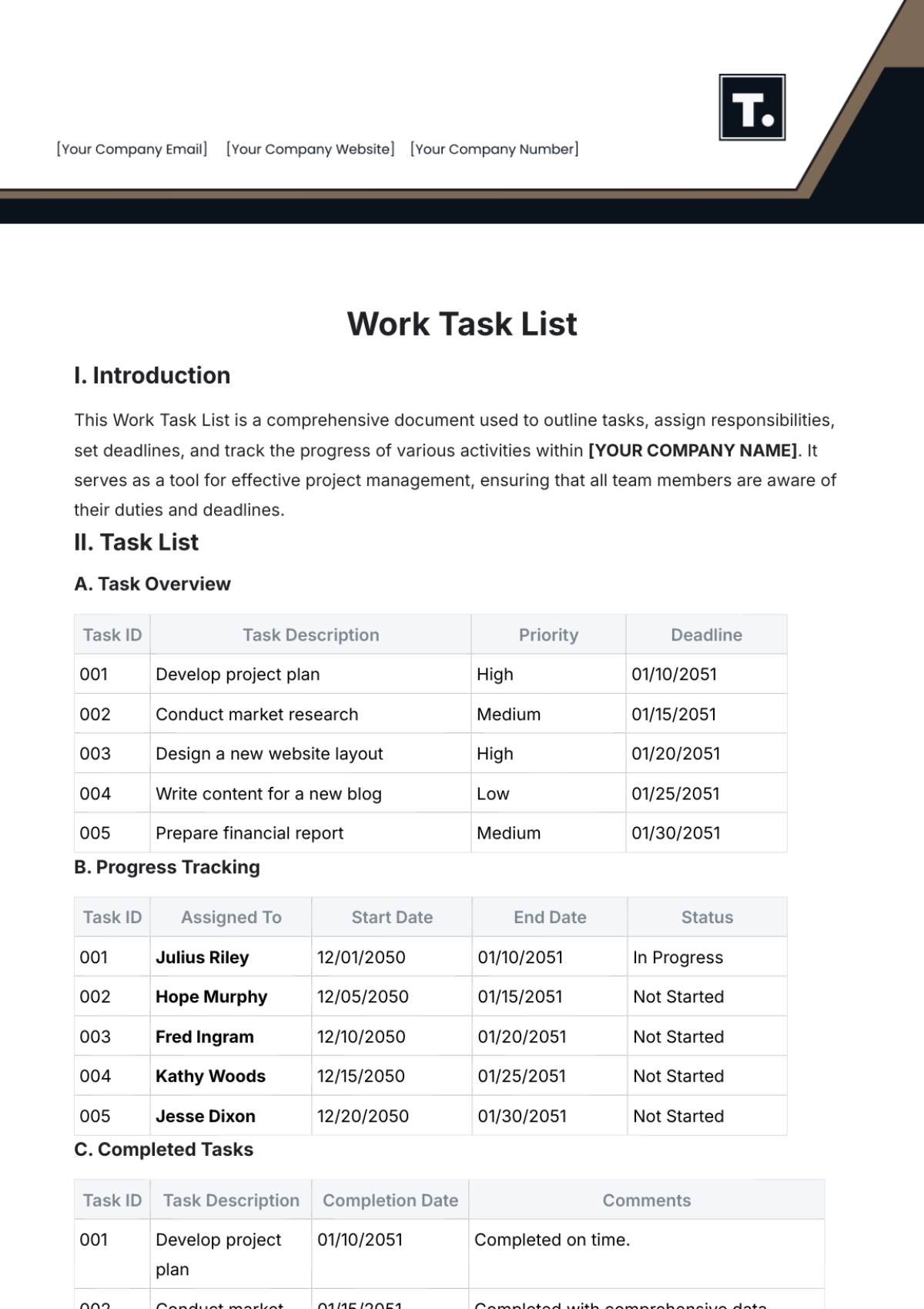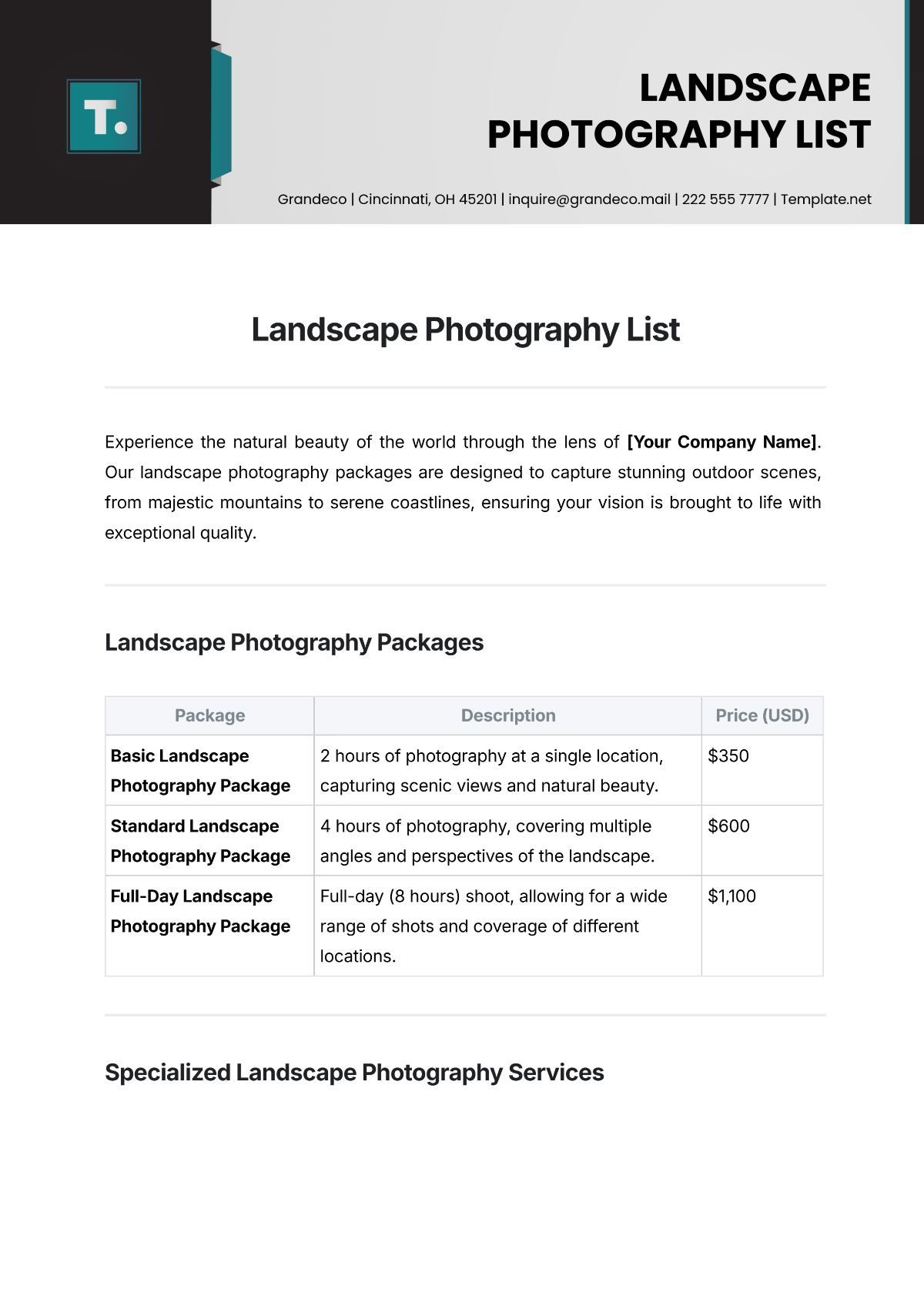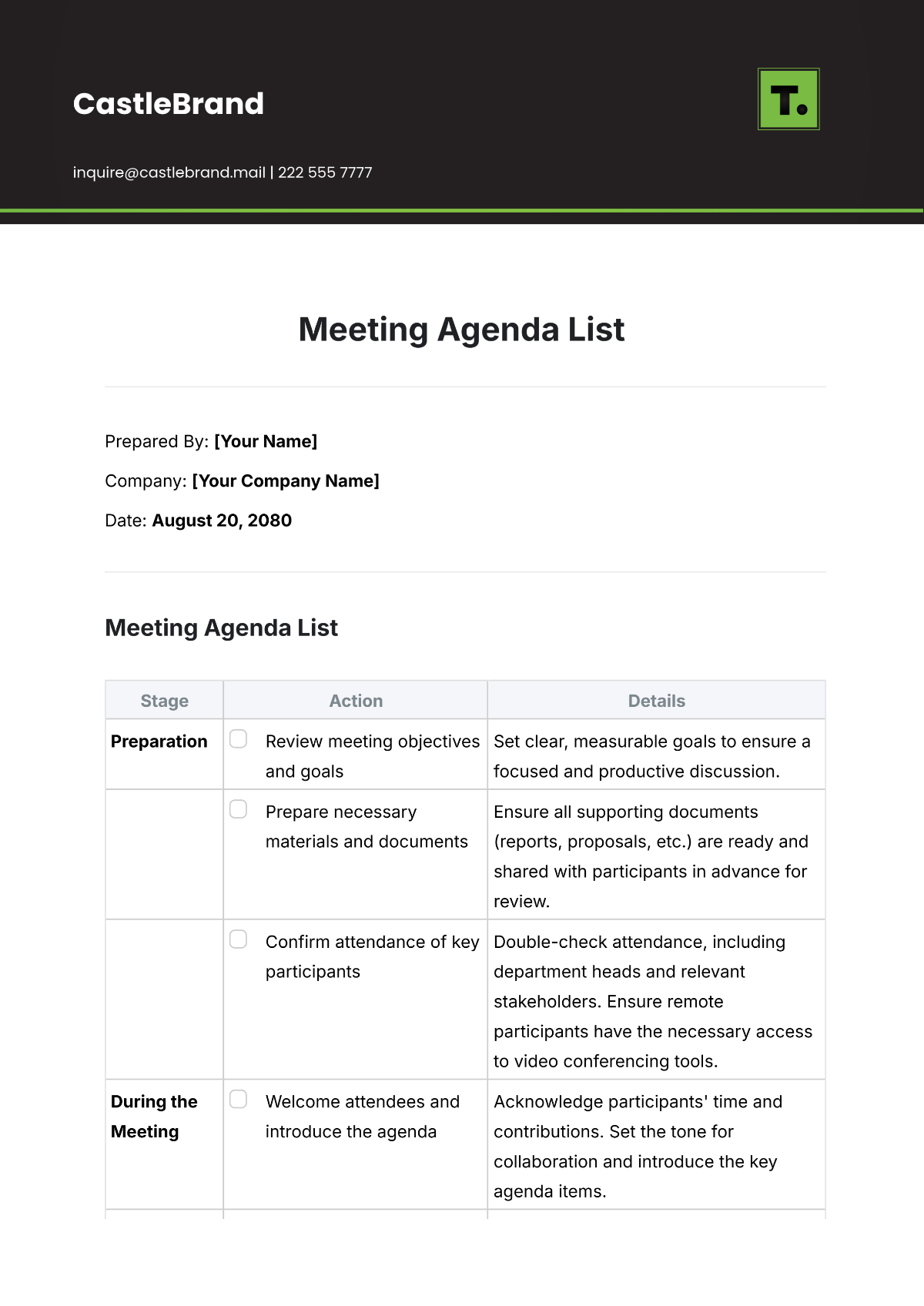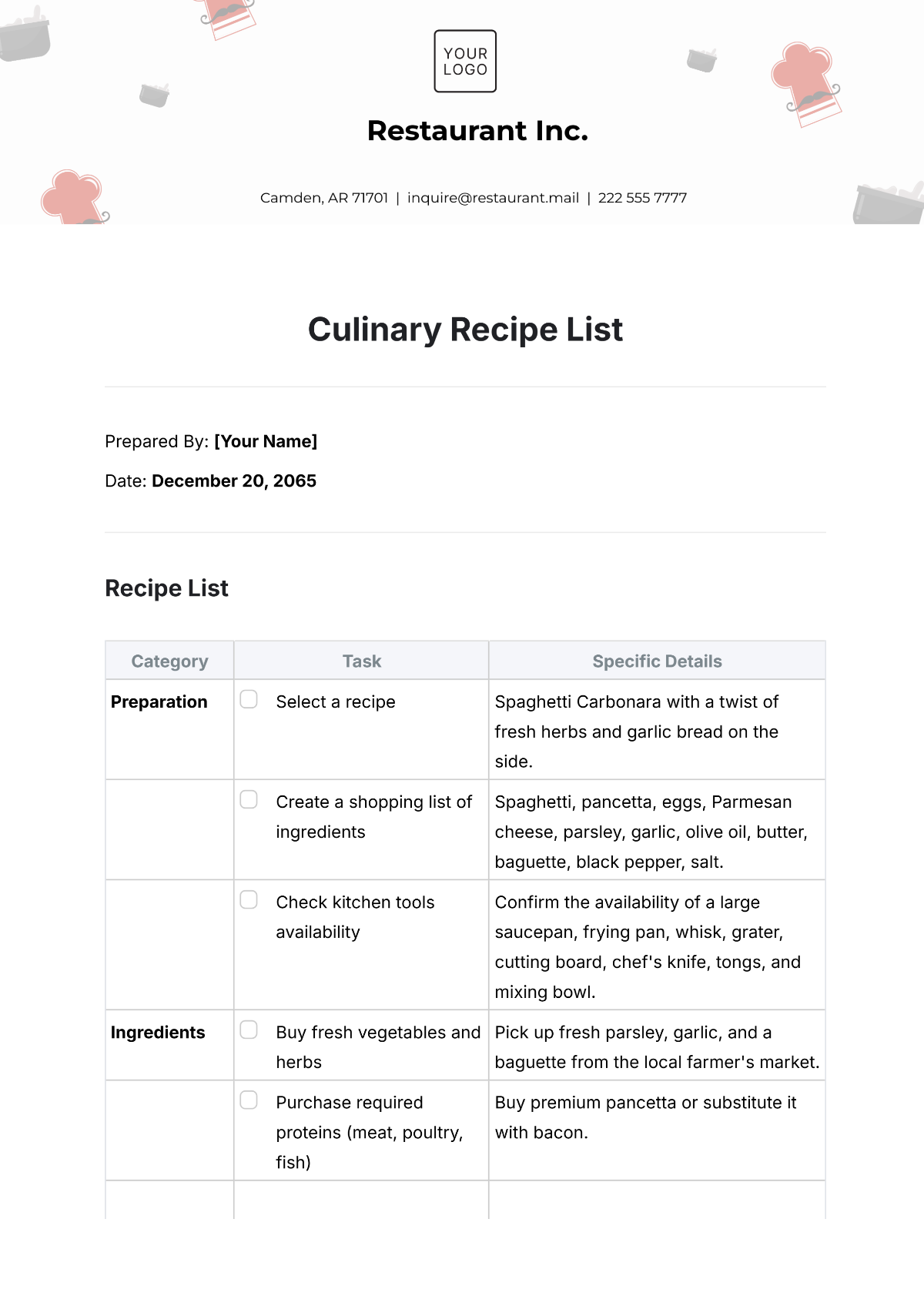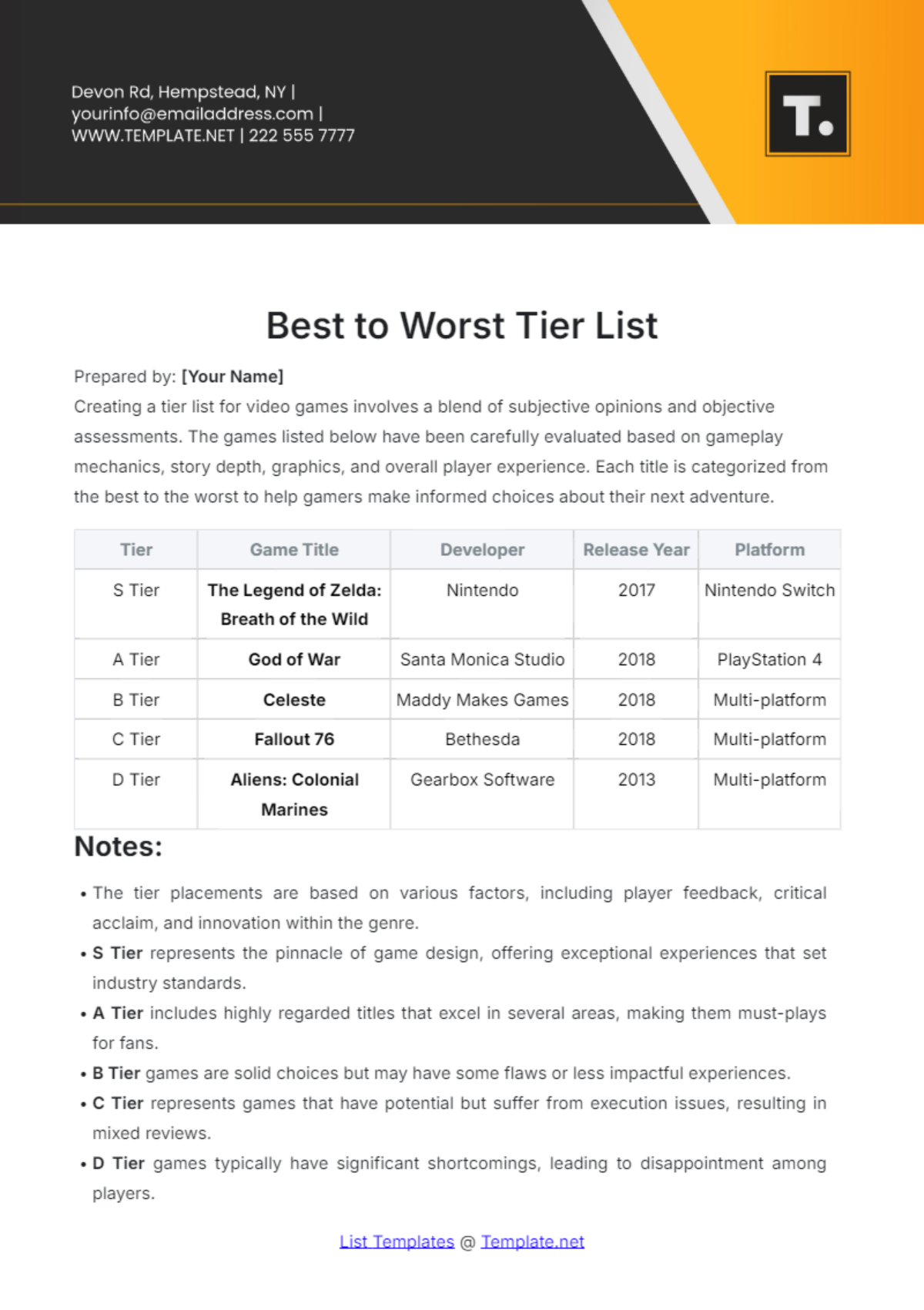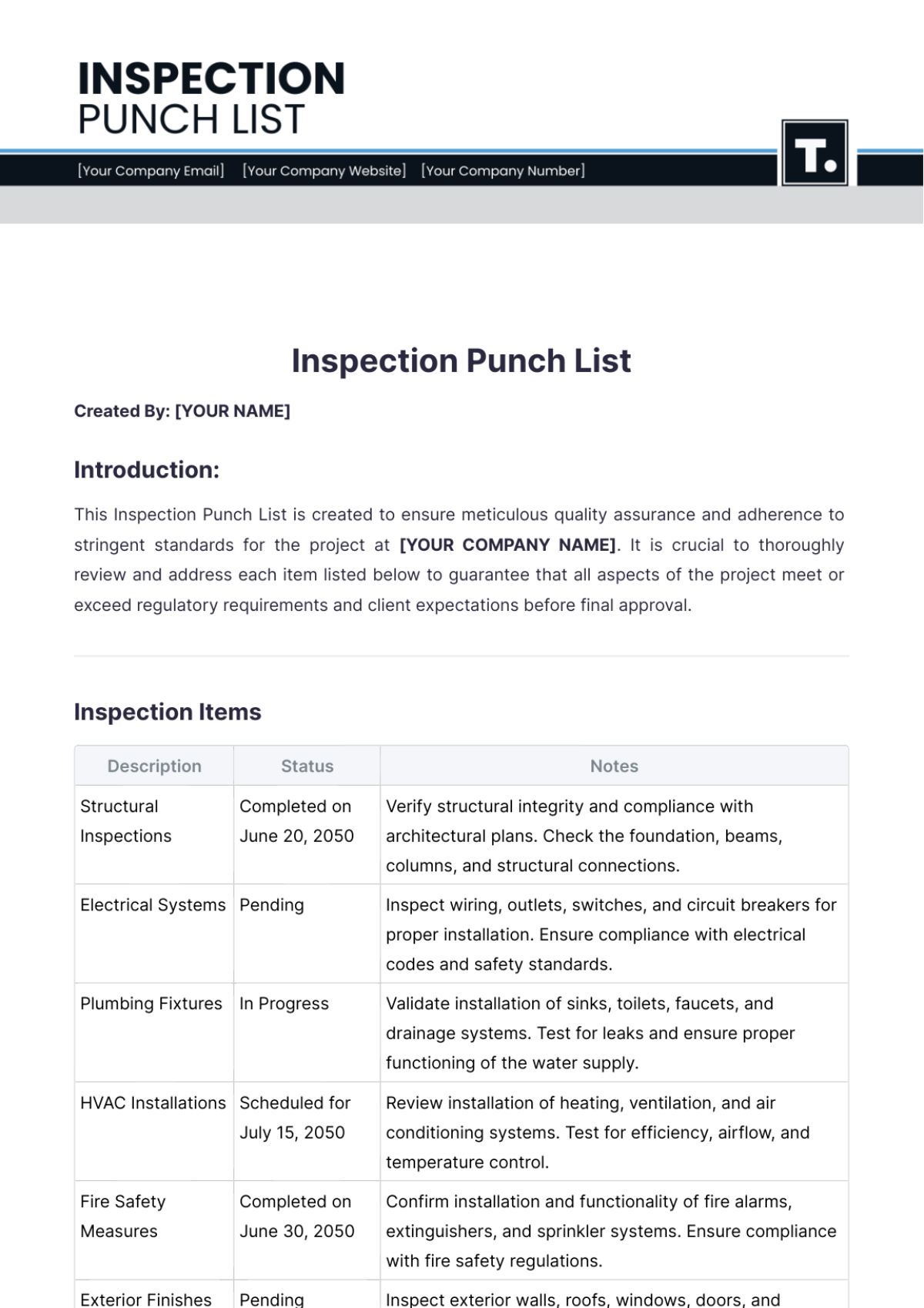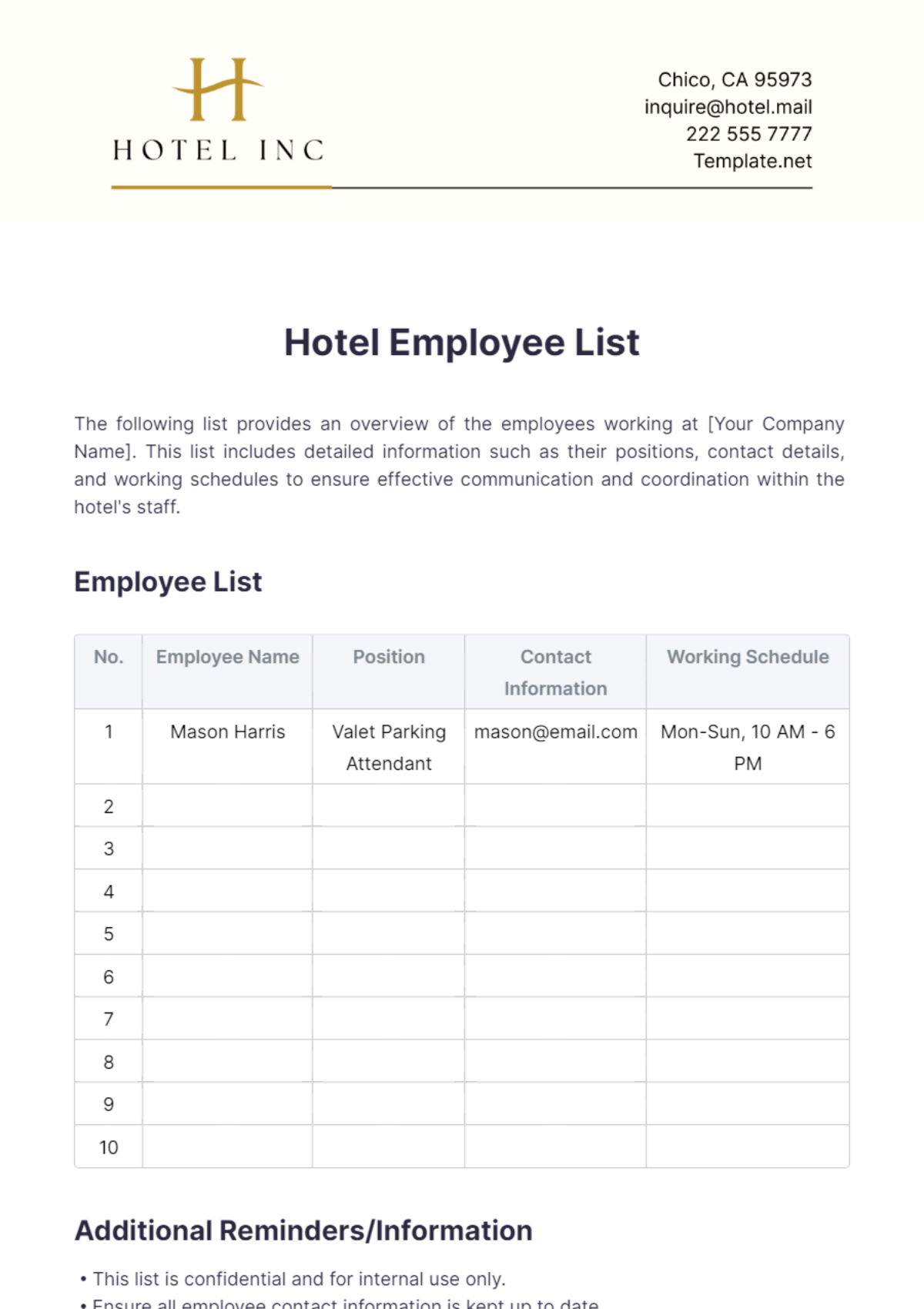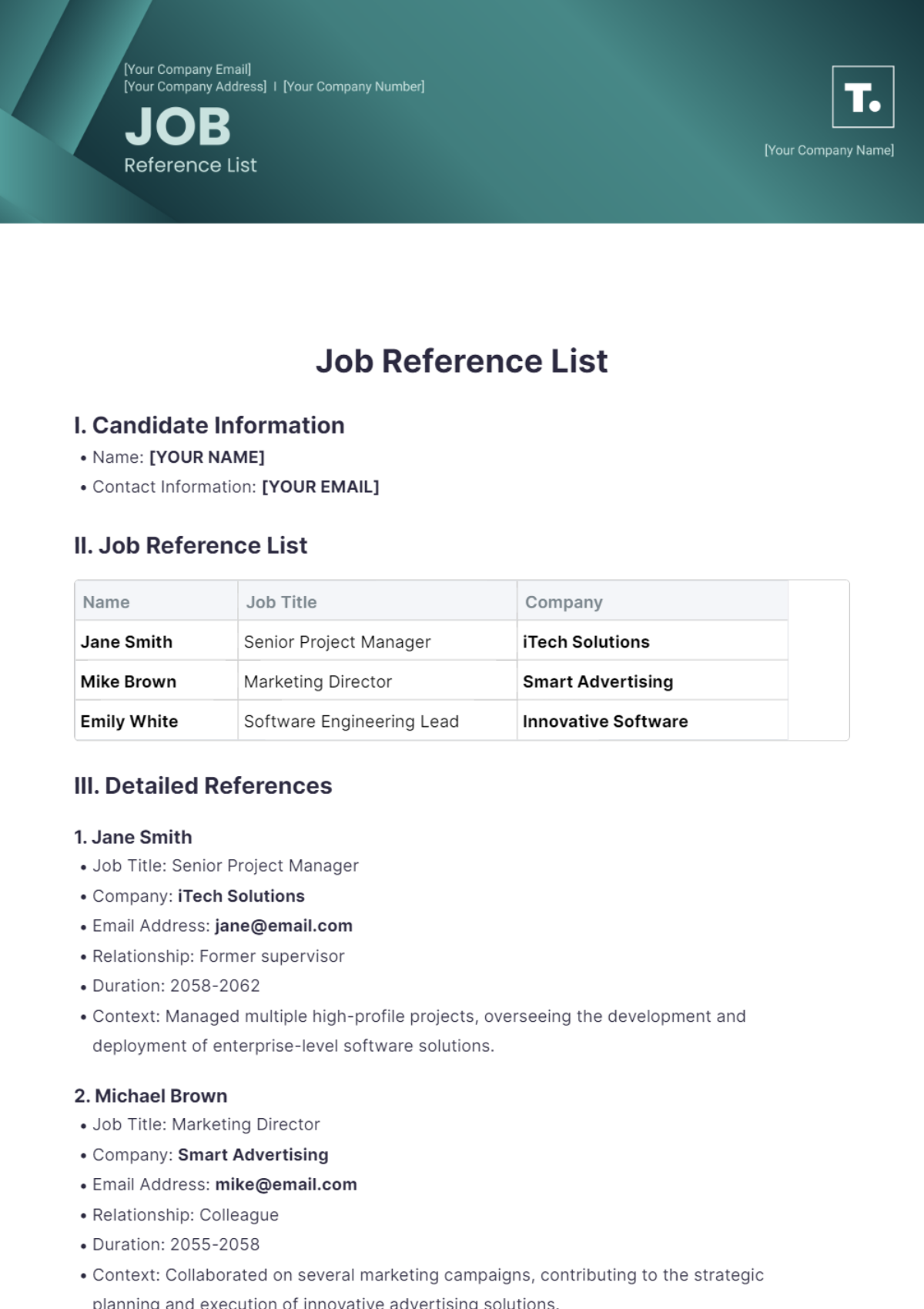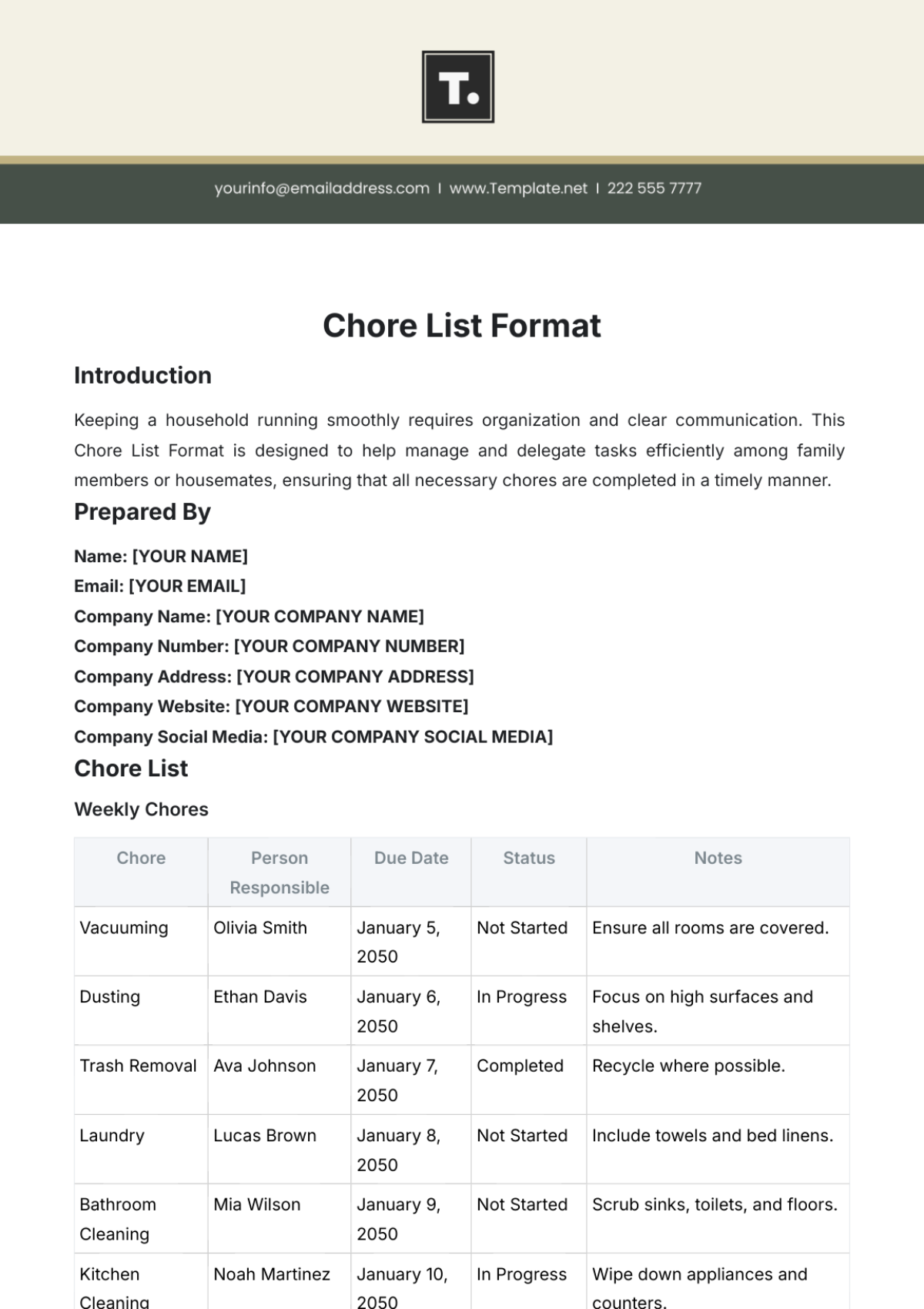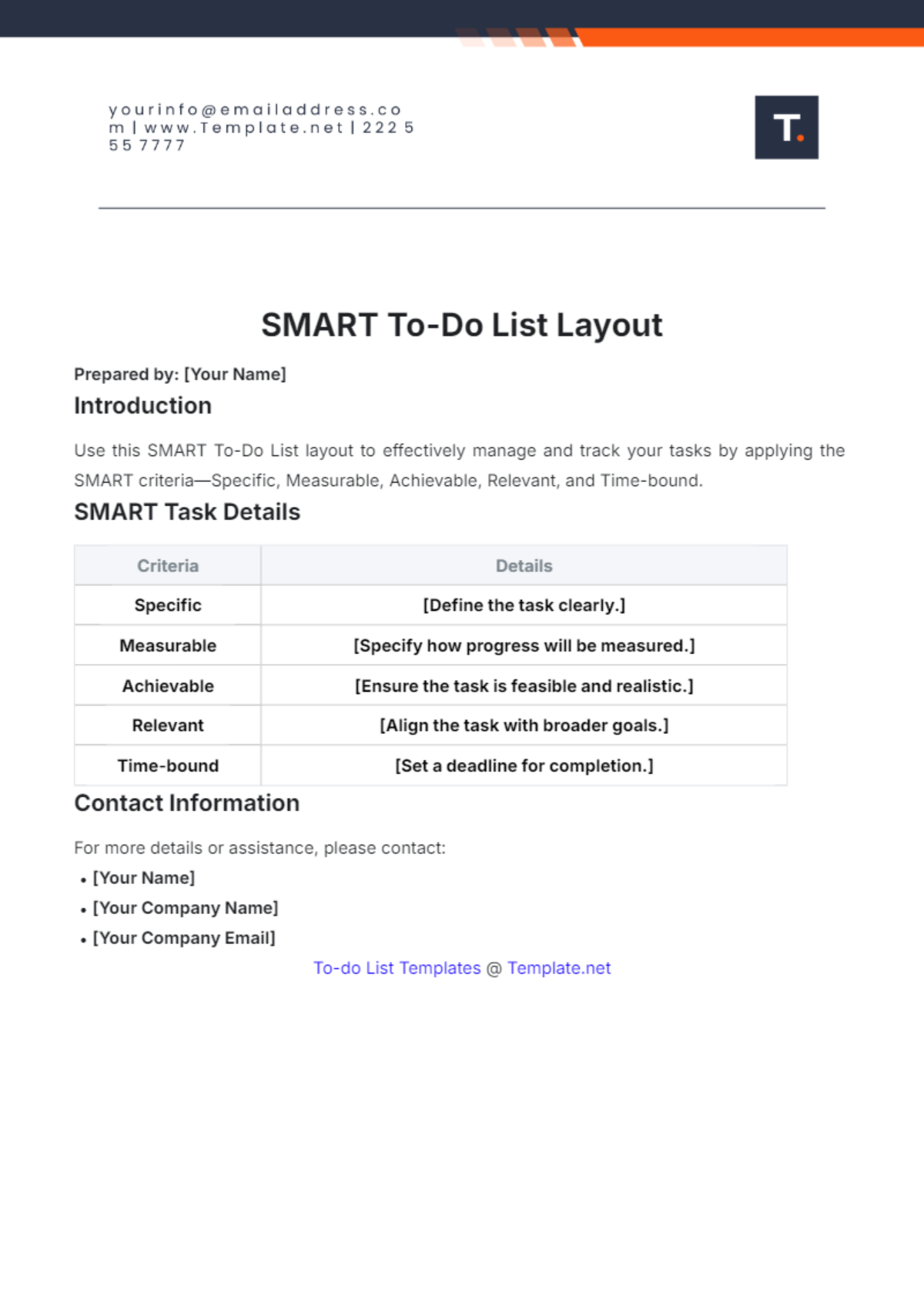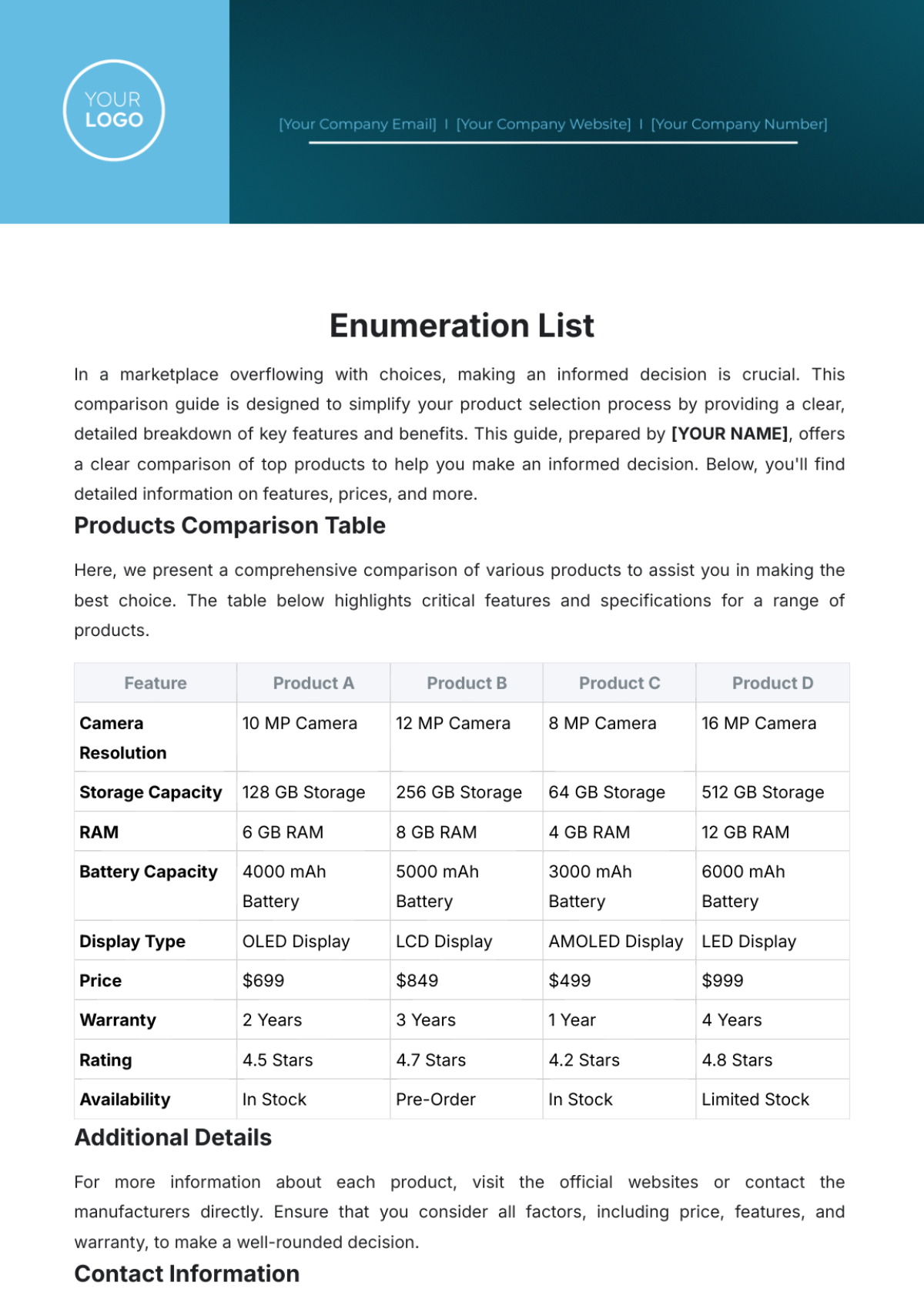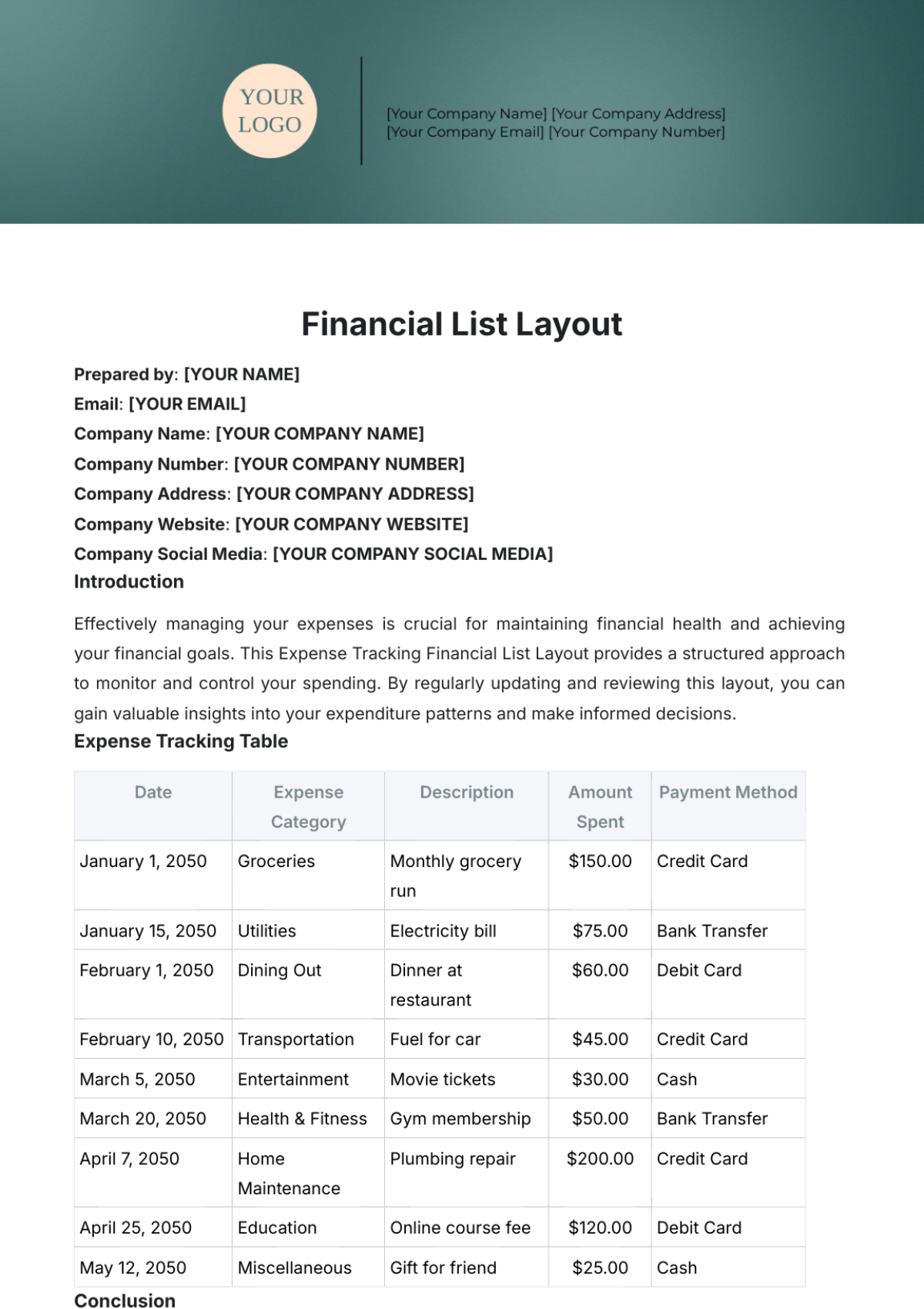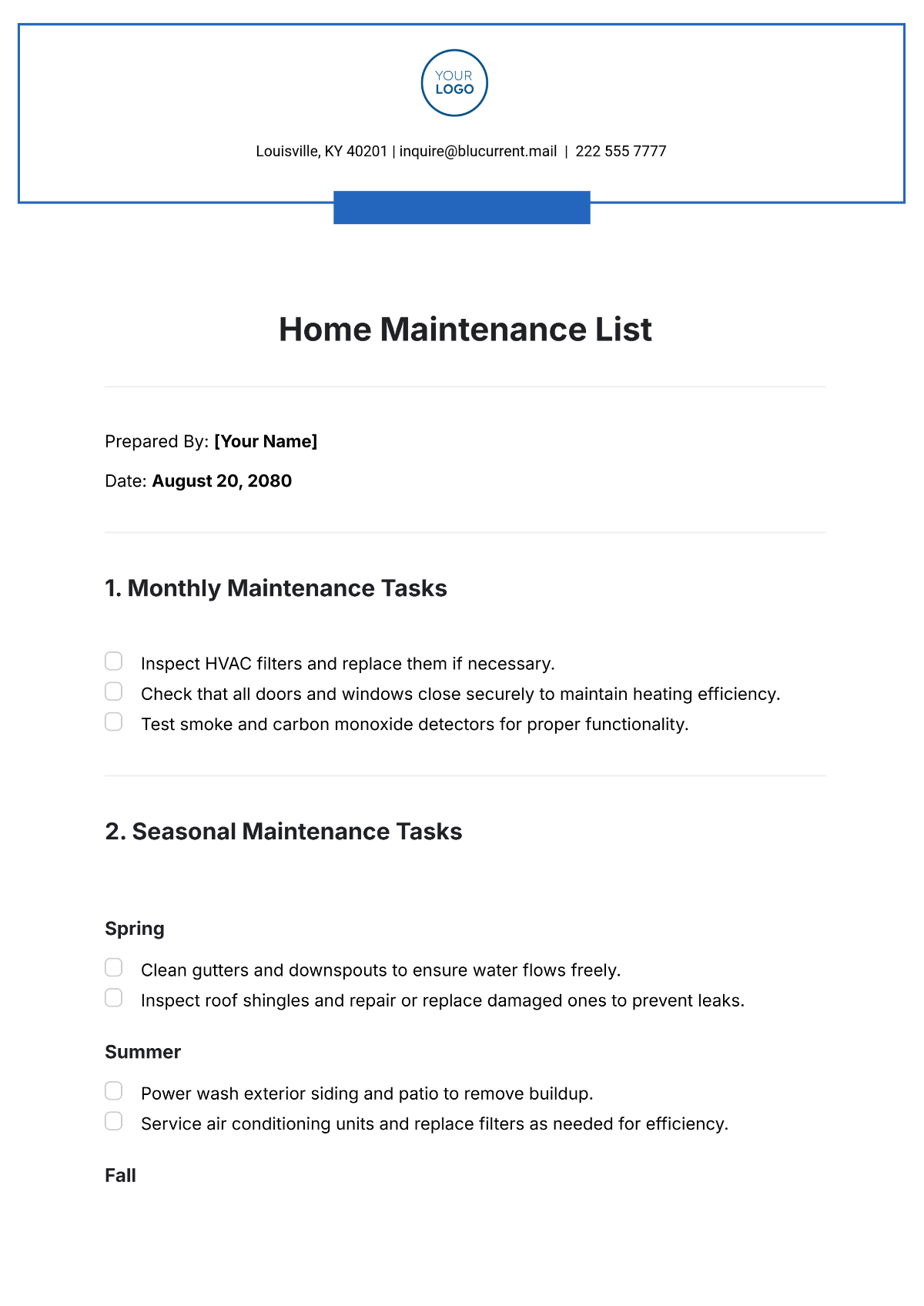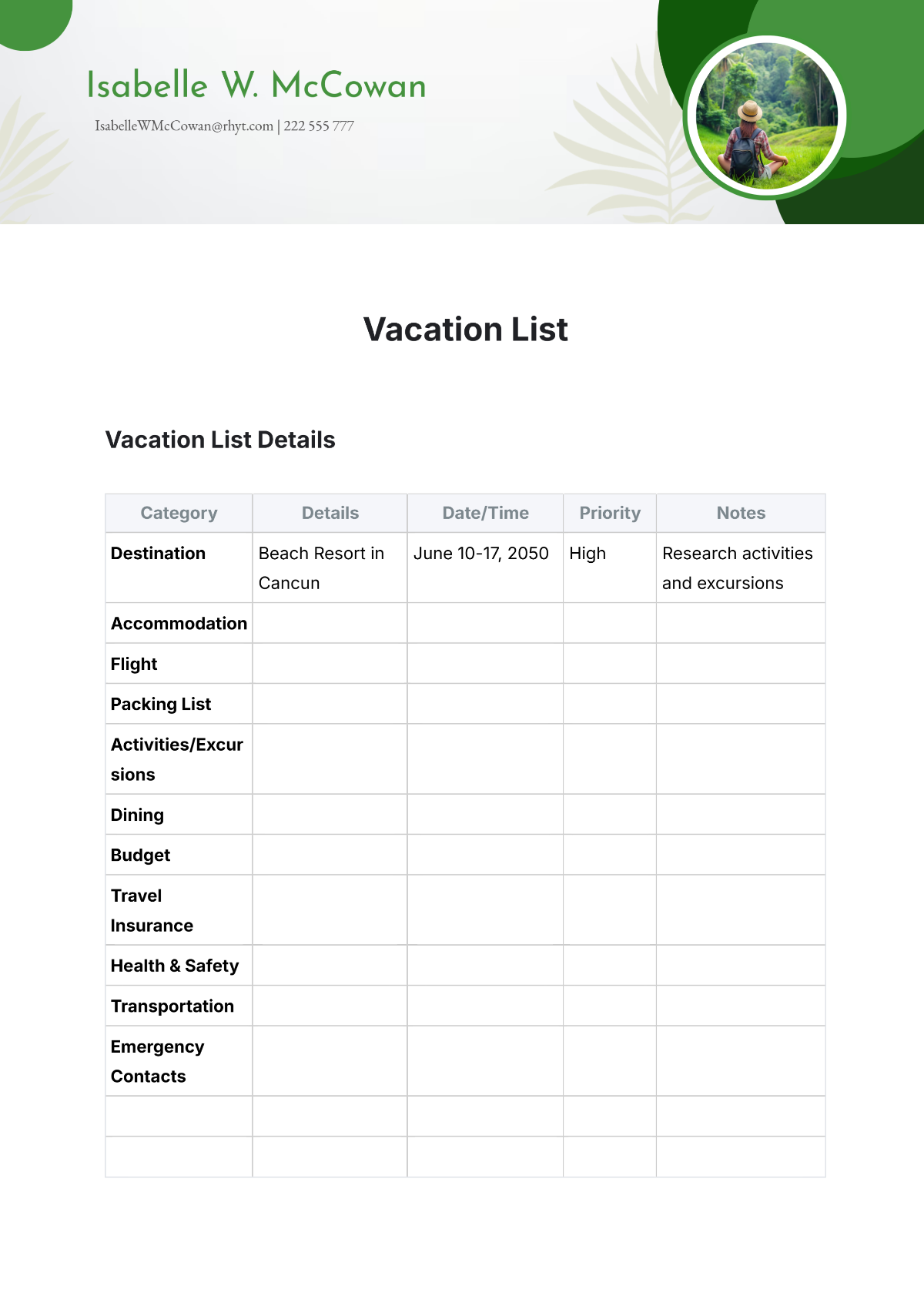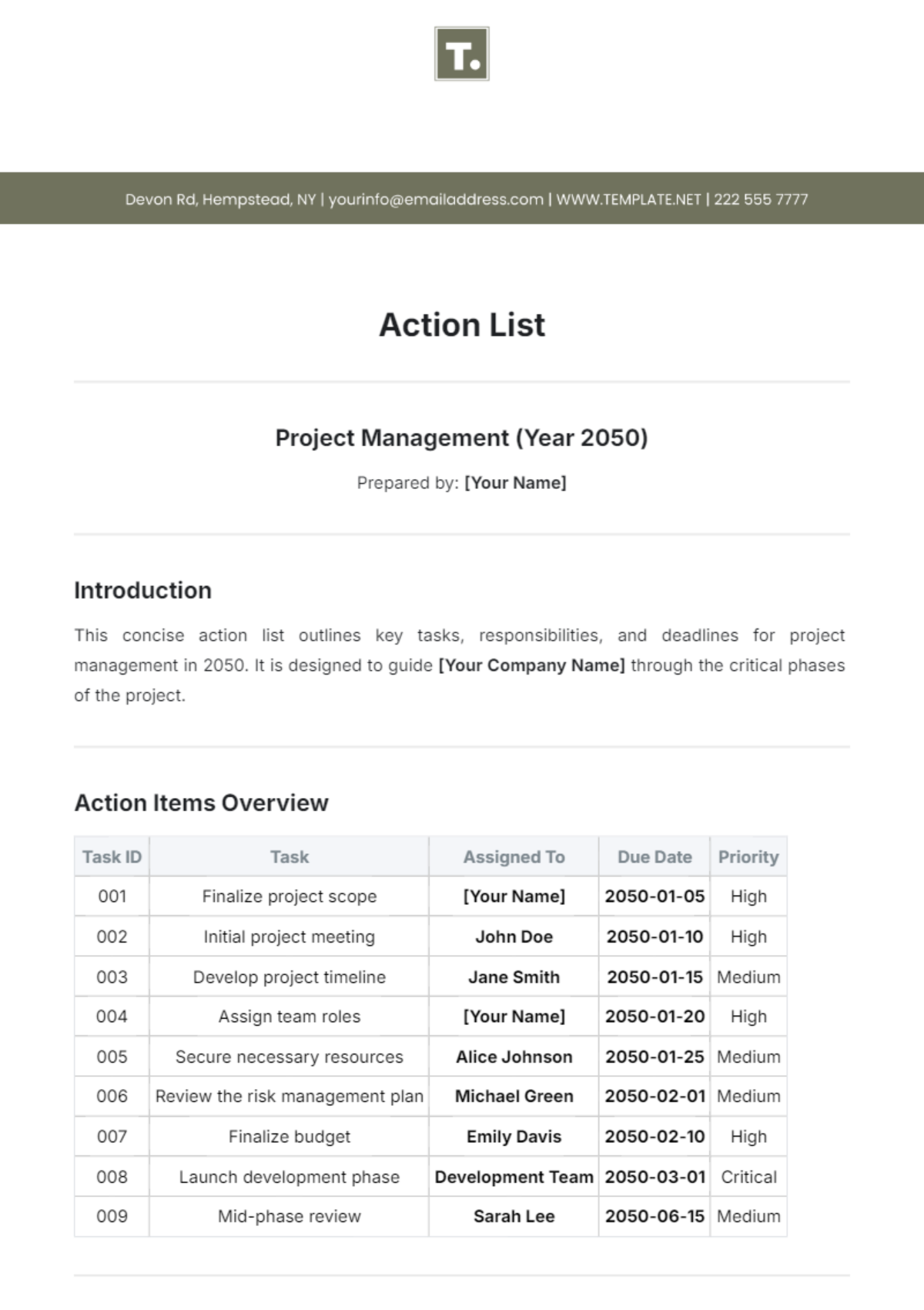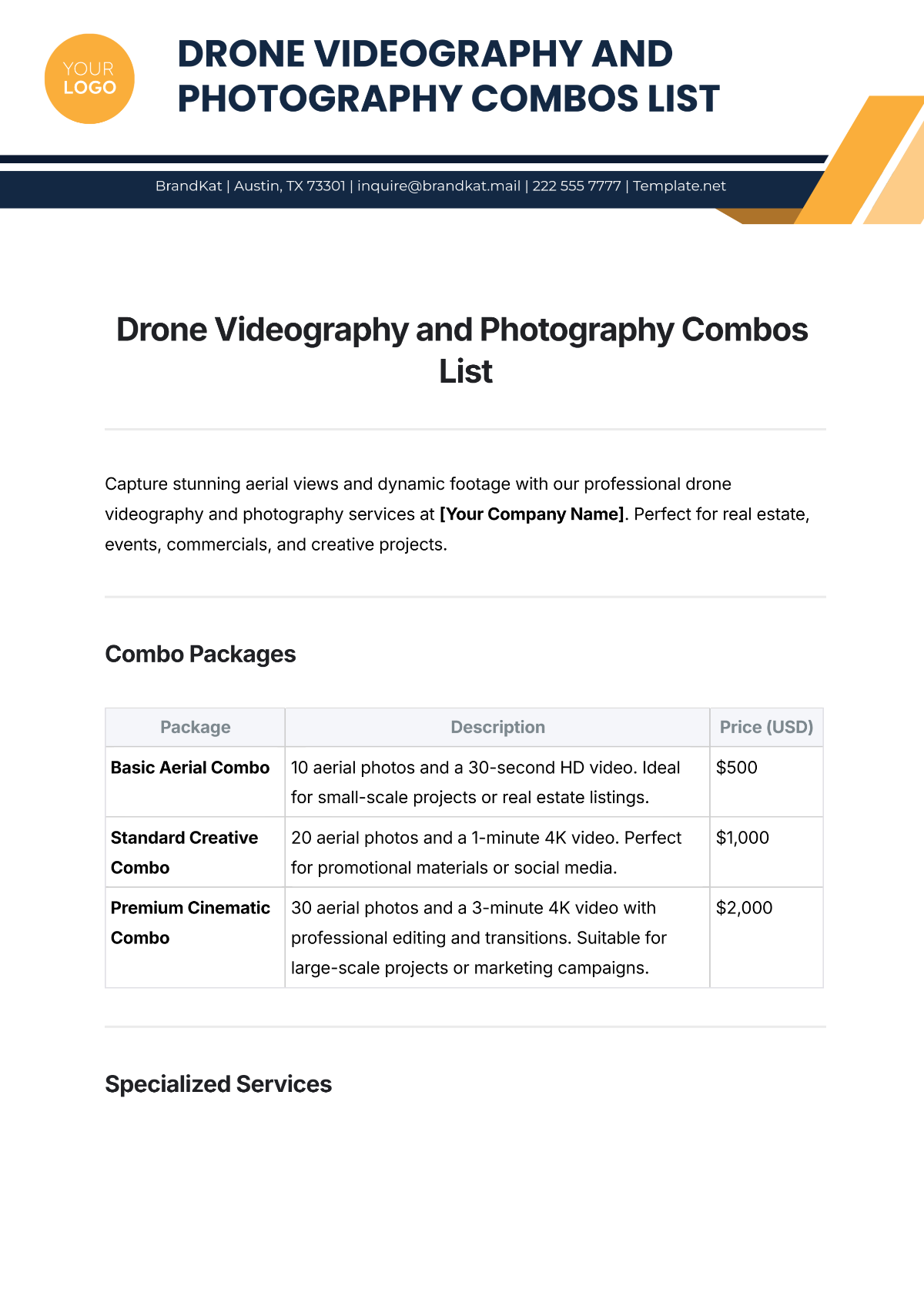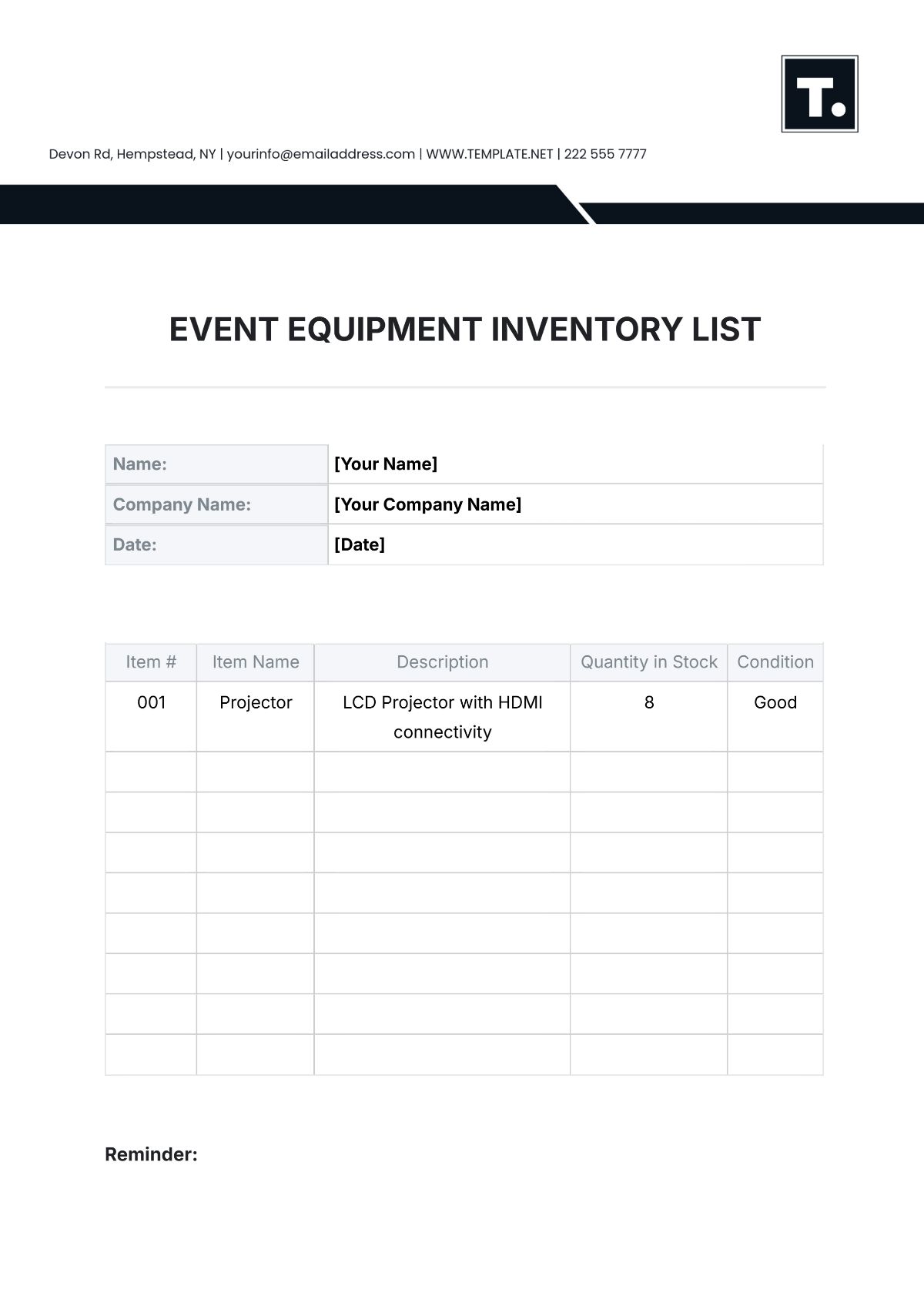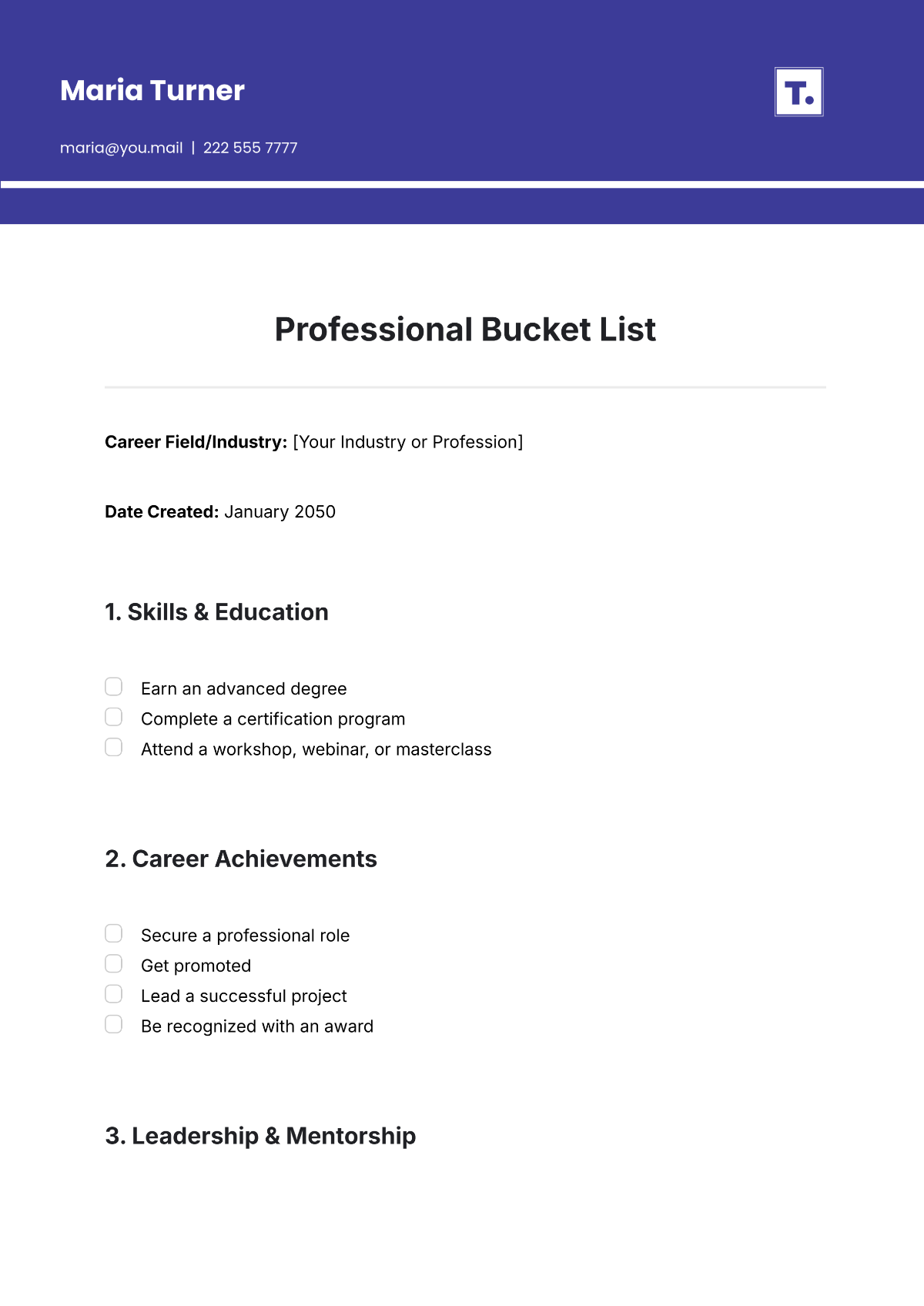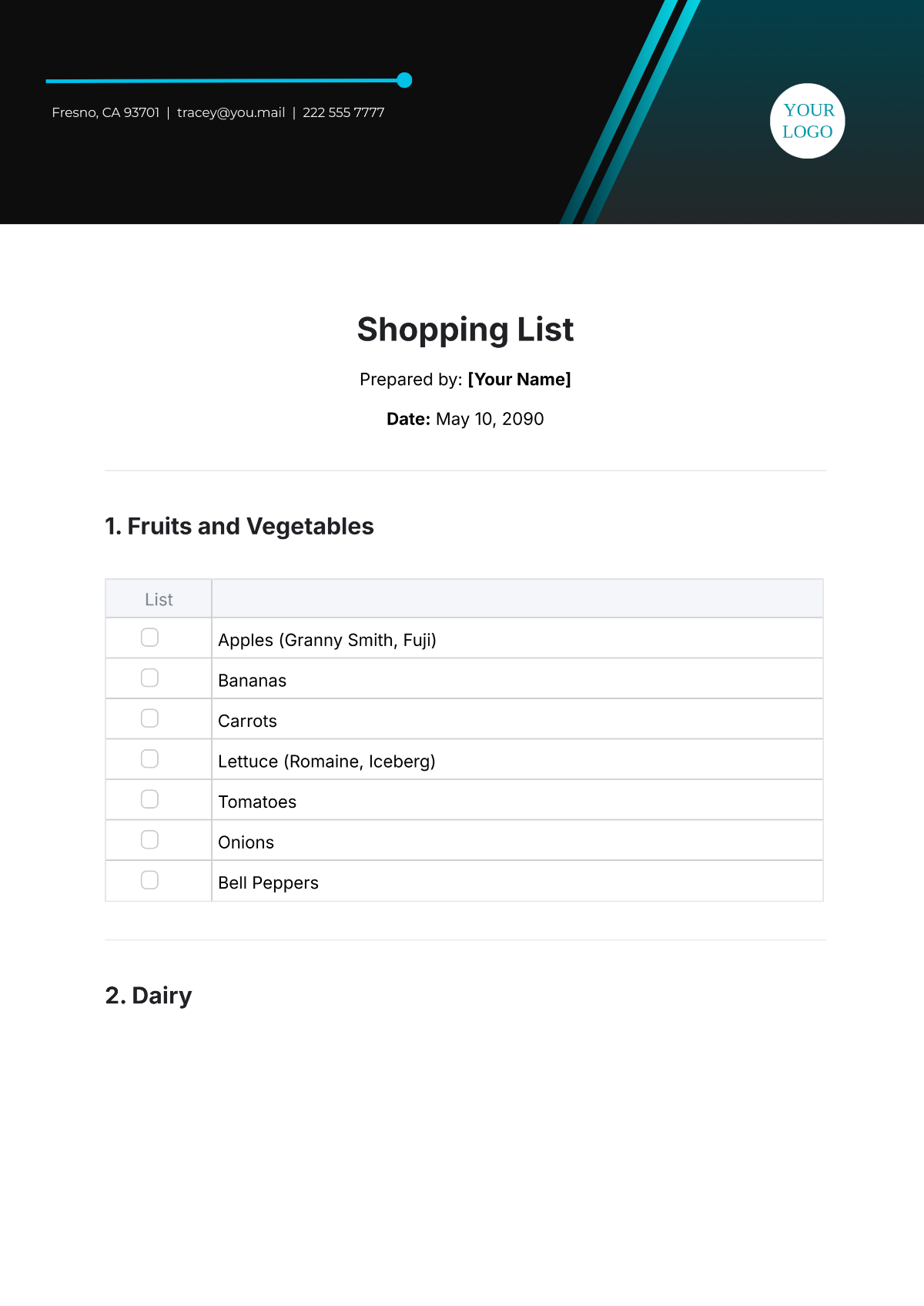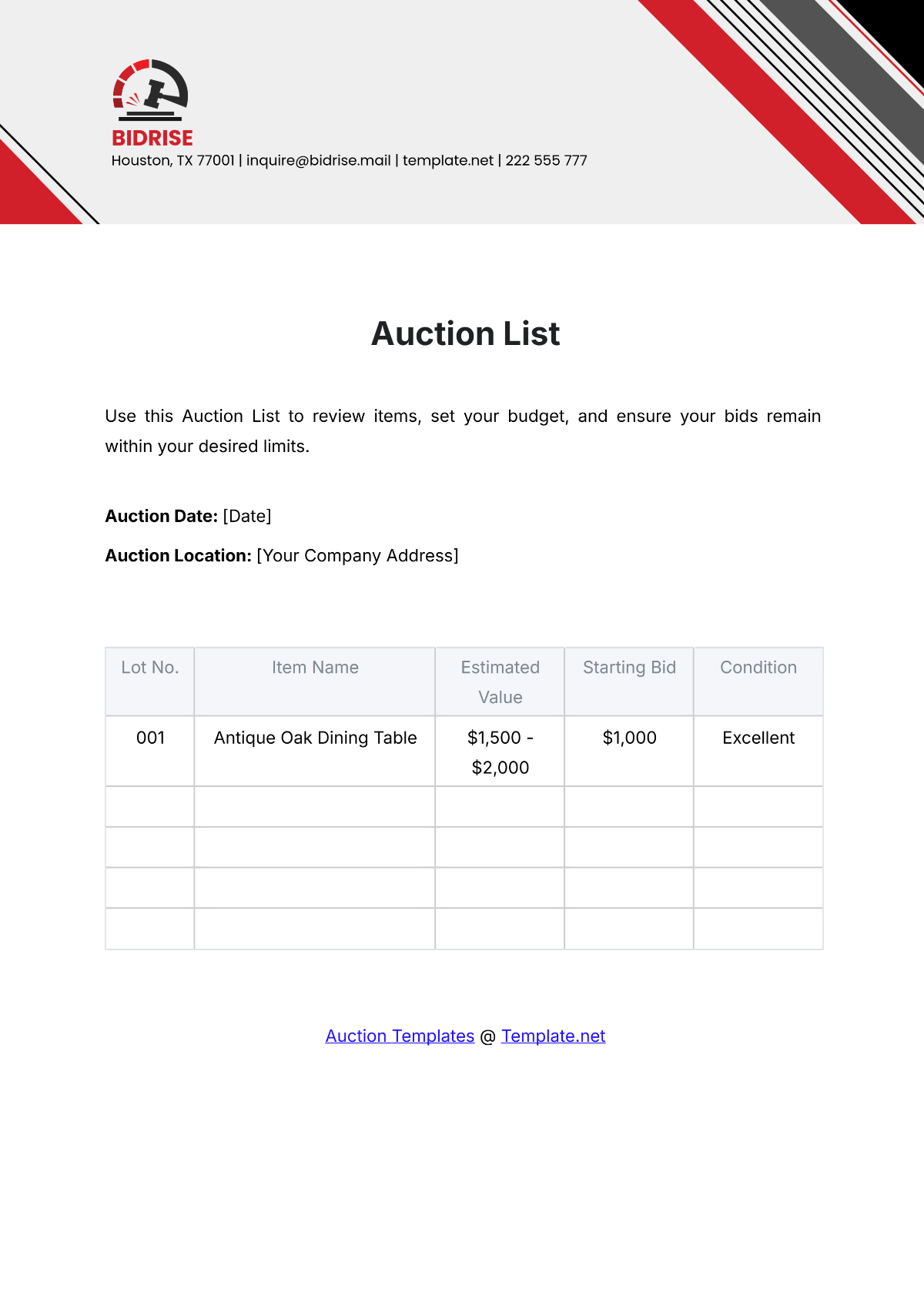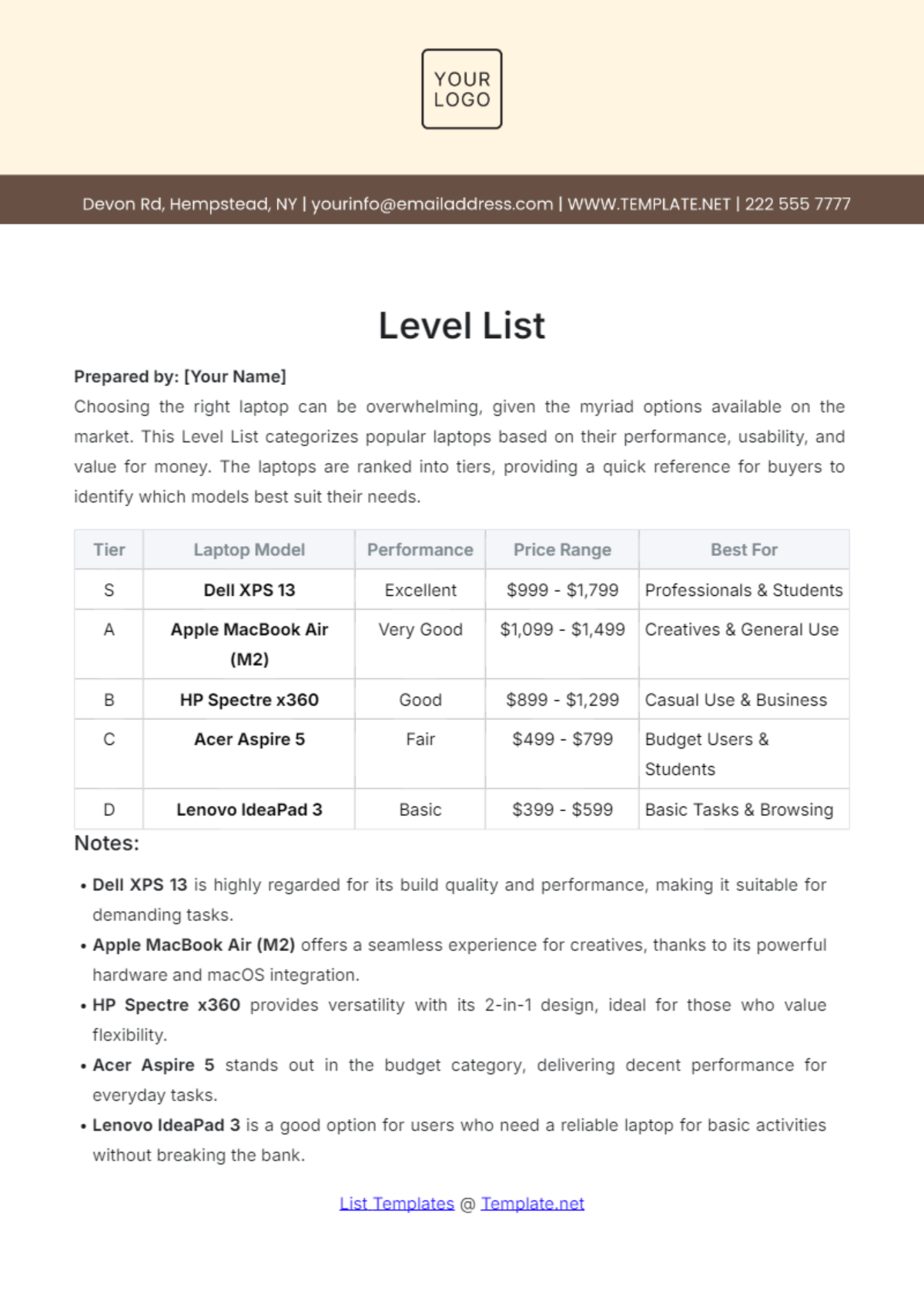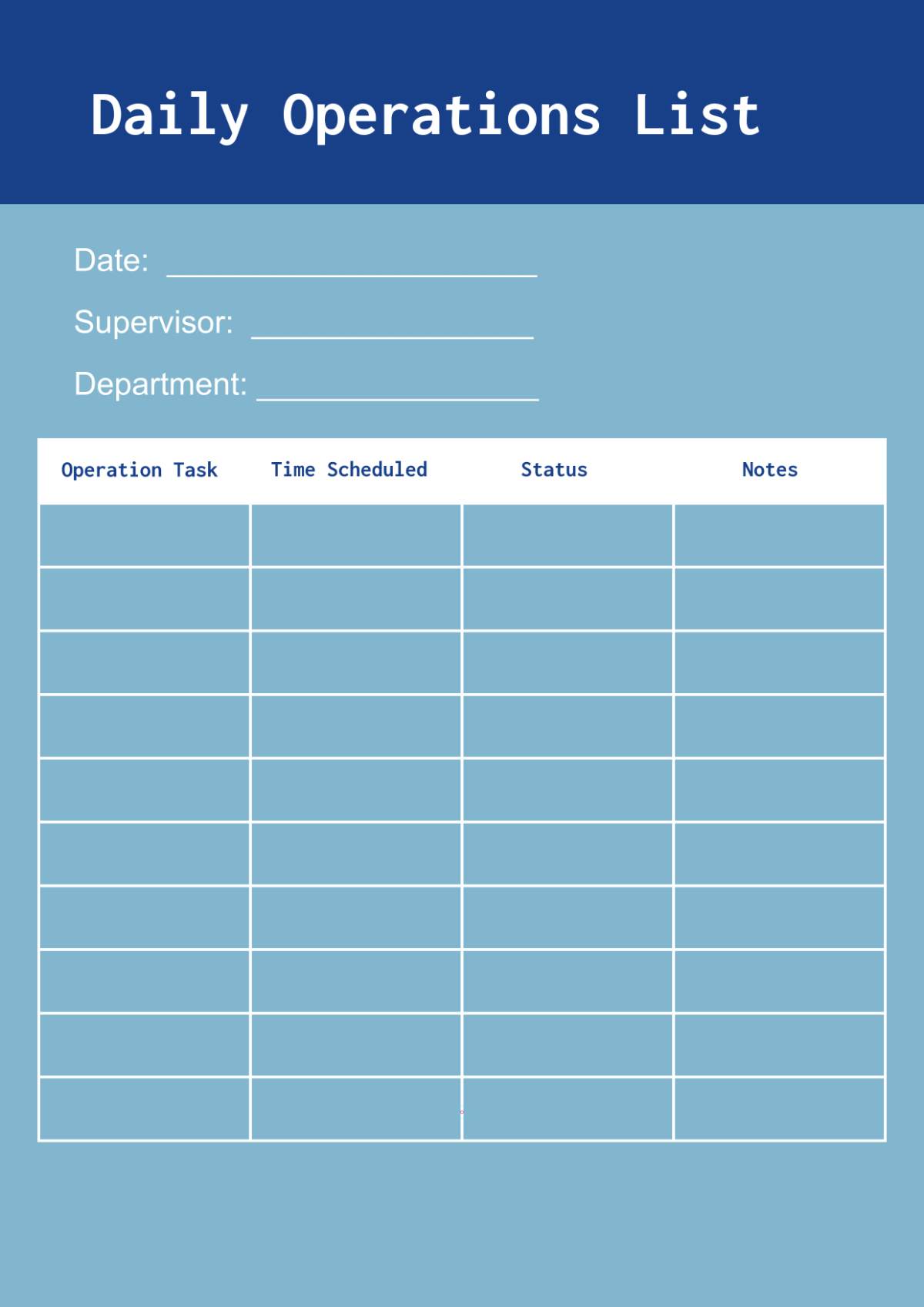Chapter List Novel
I. Introduction
In this section, [YOUR NAME] introduces the novel and sets the stage for the reader. The objective is to grab the reader's attention and provide them with a glimpse into the world they are about to enter. This is where [YOUR NAME] can lay out the central themes, introduce key characters, and establish the tone and mood of the story.
Chapter Synopsis: A brief overview of the novel's premise and main characters.
Setting: Description of the world or time period in which the story takes place.
Theme: Identification of the overarching themes that will be explored throughout the novel.
II. Plot Outline
Here, [YOUR NAME] outlines the main plot points and story arcs that will unfold over the course of the novel. The objective is to provide a roadmap for the narrative journey while leaving room for surprises and twists along the way.
Introduction of Conflict: The initial conflict or inciting incident that sets the story in motion.
Rising Action: The series of events that build tension and lead to the climax.
Climax: The turning point of the story, where the central conflict reaches its peak.
Falling Action: The aftermath of the climax, where loose ends are tied up and the story begins to wind down.
Resolution: The final outcome of the conflict and the conclusion of the story.
III. Character Profiles
This section is dedicated to introducing and developing the key characters in the novel. [YOUR NAME] provides detailed profiles for each major character, including their background, motivations, and character arcs.
Protagonist: The main character whose journey drives the narrative forward.
Antagonist: The character or force that opposes the protagonist and creates conflict.
Supporting Characters: Secondary characters who play significant roles in the story.
IV. Worldbuilding
[YOUR NAME] delves into the worldbuilding aspects of the novel, including the geography, culture, and society of the fictional universe. The objective is to create a rich and immersive setting that enhances the reader's experience and adds depth to the narrative.
Geography: Description of the physical landscape and regions within the world of the novel.
Culture: Exploration of the customs, traditions, and social structures of the fictional society.
Magic System/Technology: Explanation of any supernatural elements or advanced technology present in the world.
V. Chapter Summaries
In this section, [YOUR NAME] provides a brief summary of each chapter in the novel. The objective is to give readers a roadmap of the story's progression and highlight key events and developments along the way.
Chapter 1: [TITLE OF CHAPTER 1]
Summary: [BRIEF SUMMARY OF THE CHAPTER'S EVENTS AND KEY MOMENTS.]
Chapter 2: [TITLE OF CHAPTER 2]
Summary: [BRIEF SUMMARY OF THE CHAPTER'S EVENTS AND KEY MOMENTS.]
Chapter 3: [TITLE OF CHAPTER 3]
Summary: [BRIEF SUMMARY OF THE CHAPTER'S EVENTS AND KEY MOMENTS.]
VI. Conclusion
In the final section, [YOUR NAME] wraps up the chapter template by offering some closing thoughts and reflections. The objective is to leave readers with a sense of anticipation and excitement for the novel ahead.
Name | Company Name | Department | Date |
|---|---|---|---|
[YOUR NAME] | [YOUR COMPANY NAME] | Writing Department | [CURRENT DATE] |


